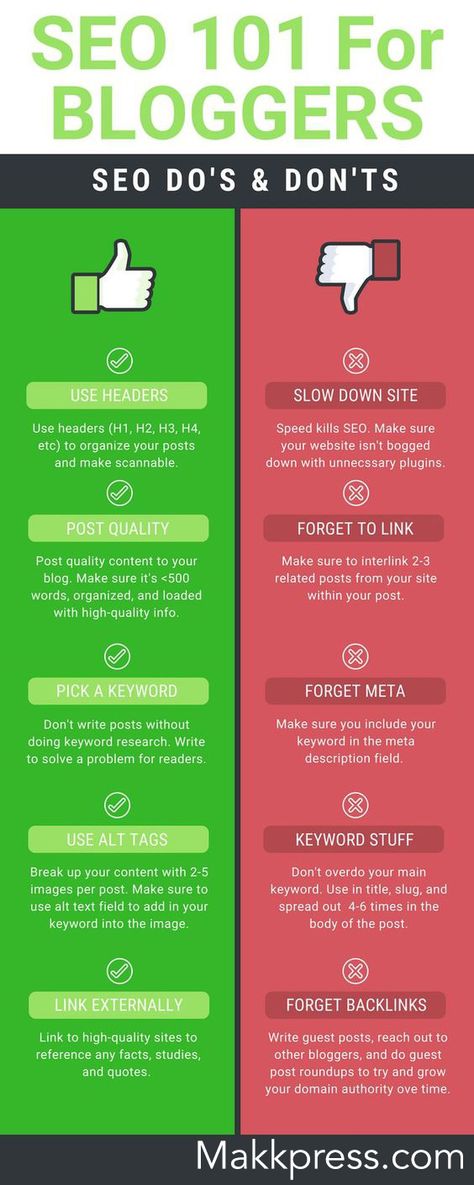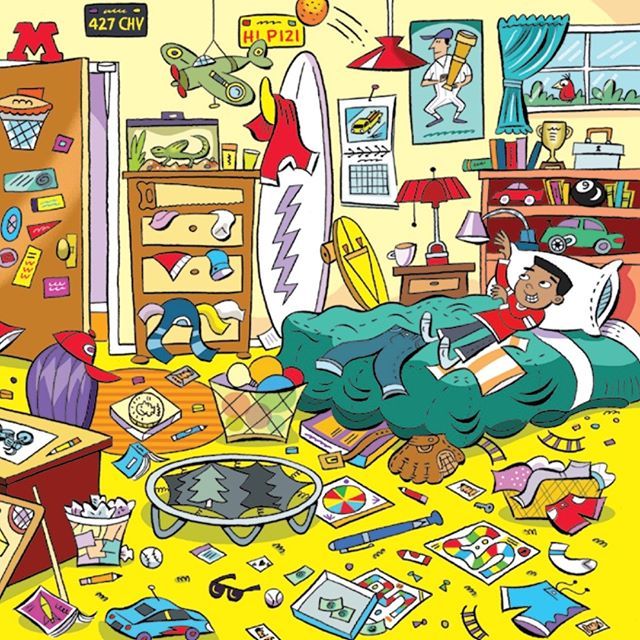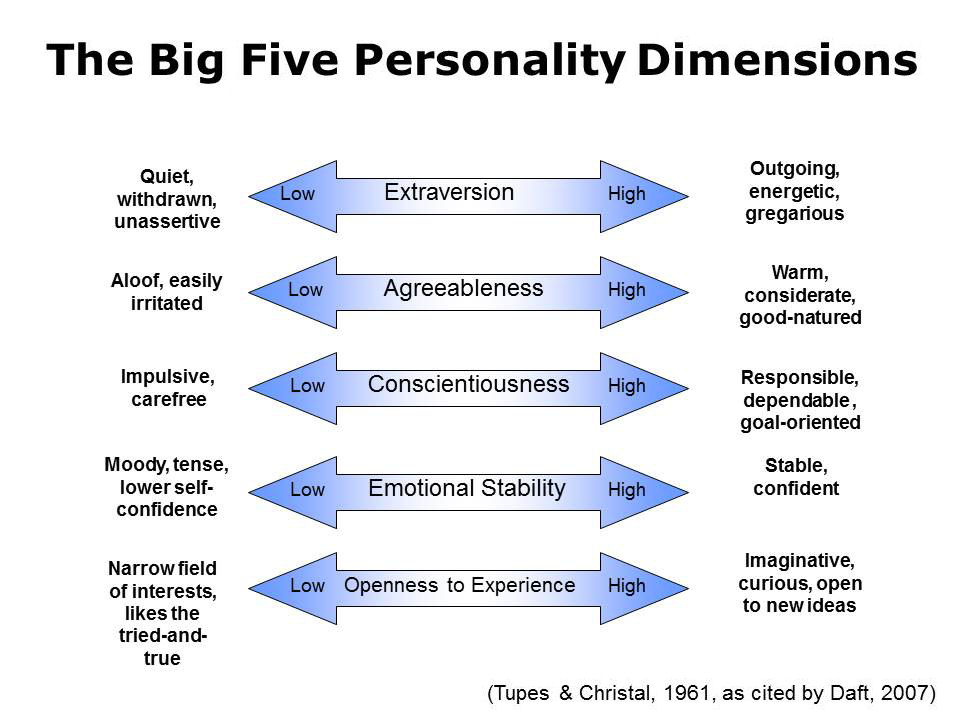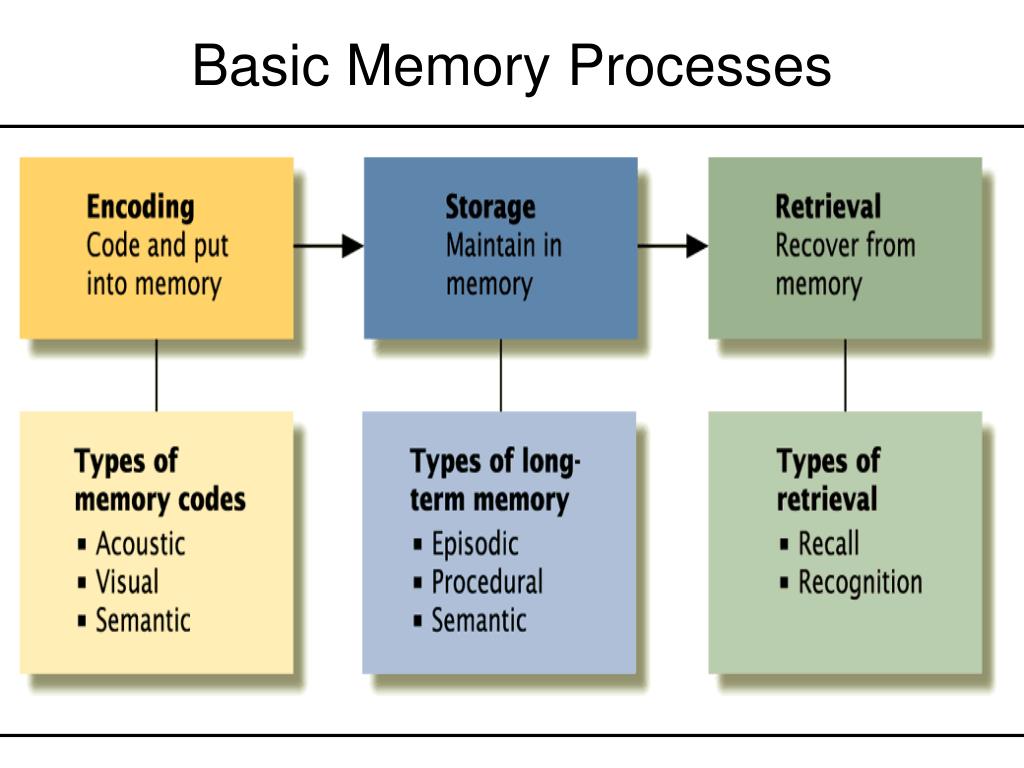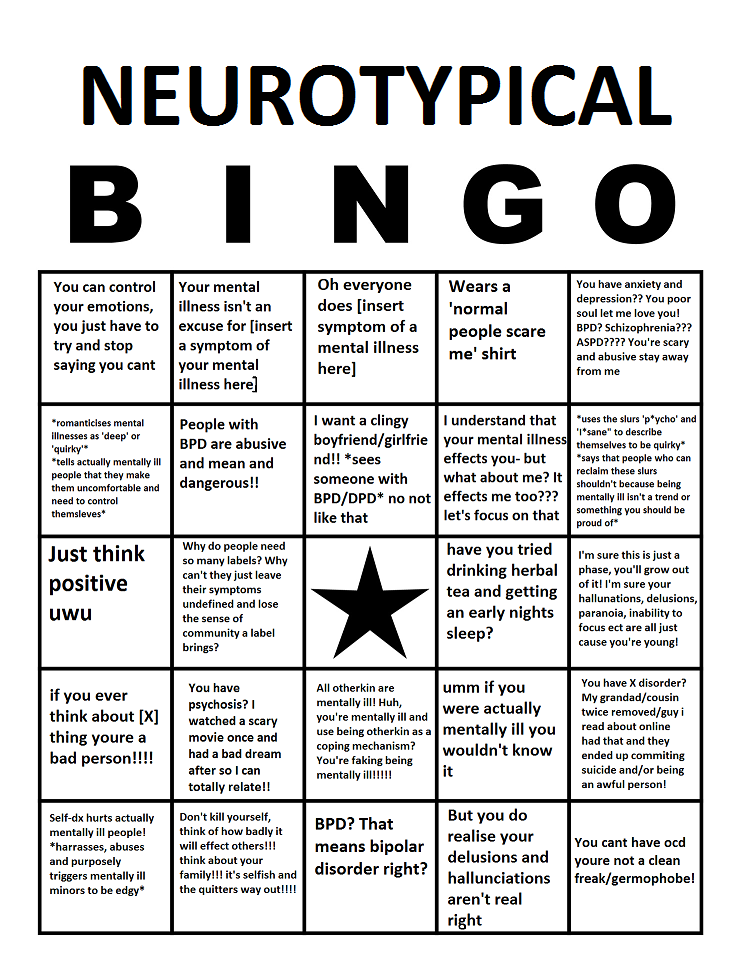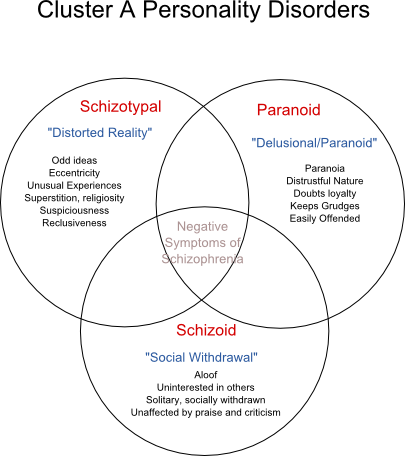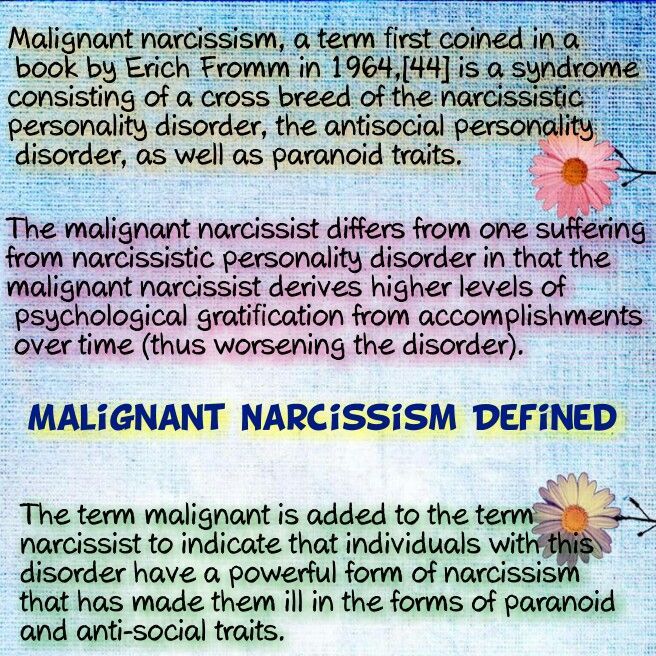Adhd social cues
How ADHD May Be Impacting Your Child's Social Skills and What You Can Do To Help
ADHD and Its Impact on Social Development
We use social skills to interact and communicate with those around us every day. We do this through the use of both non-verbal communication (eye contact, facial expressions, body language) and verbal communication (volume, speed, tone of voice). Children with Attention-Deficit/Hyperactivity Disorder (ADHD) can face challenges when it comes to understanding and implementing these social skills. They may find it challenging to make and keep friends because of their brain’s executive functioning impairment. The brain’s executive control manages their ability to wait their turn, avoid getting distracted, direct their actions, control their emotions, and use their working memory to respond in social settings. Compared to peers, the executive functions in children with ADHD can be delayed up to 30%.
Symptoms of ADHD in social interactions can include:
Inattentive
- Difficulty listening to others
- Missing pieces of information
- Being distracted by sounds or noises
- Missing social cues
- Becoming overwhelmed and withdrawn
Hyperactive
- Frequently interrupting
- Sharing scattered thoughts
- Being hyper-focused on a topic
- Talking rapidly or excessively
Impulsive
- Goofy behaviour at inappropriate times
- Entering others’ personal space
- Displaying aggression
- Initiating conversations at inappropriate times
The Cyclical Nature of Social Challenges
When children with ADHD enter a social setting, they may have a hard time sharing, taking turns, listening, and picking up on social cues. They often become bored, distracted, or check-out of the conversation. Students with ADHD may have a hard time managing their emotions when interacting with their peers. They can become easily overwhelmed, impatient, or frustrated.
In social interactions, when children with ADHD become distracted or dominate the conversation, their peers may view them as uninterested and unkind. These children will likely be avoided by peers. This leads to missed opportunities to practice social skills and decreased confidence in their abilities. Without social ties, children will begin to feel inadequate and develop negative emotional reactions to social interactions. Some children with ADHD may even avoid social interactions altogether in an attempt to avoid further rejection.
Why Are Peer Relationships Important?
Adequate social functioning and healthy peer relationships are essential for an individual’s optimal functioning. When children have successful interactions with their peers, they learn to cooperate, negotiate, and problem-solve with others. With these abilities, they are able to build positive relationships with their peers. Therefore, social supports are protective factors. They provide a sense of belonging, purpose, acceptance, and being cared for. As children enter adolescence, they develop an increased need for peer interactions and have a heightened sensitivity to social stimuli. Through repeated social interactions, friendships develop which teach adolescents how to work in a group, solve problems, recognize others’ points of view, manage peer conflict, and be accepting of diverse groups.
With these abilities, they are able to build positive relationships with their peers. Therefore, social supports are protective factors. They provide a sense of belonging, purpose, acceptance, and being cared for. As children enter adolescence, they develop an increased need for peer interactions and have a heightened sensitivity to social stimuli. Through repeated social interactions, friendships develop which teach adolescents how to work in a group, solve problems, recognize others’ points of view, manage peer conflict, and be accepting of diverse groups.
Social Skills and Academic Success
Being present and ready to learn throughout the day means students are able to regulate their bodies, thoughts, emotions, and understand social cues. For students with ADHD, this may be difficult to achieve because of their inattentive, hyperactive, and/or impulsive tendencies. As a result, these students may be limited in their ability to understand and adapt their social behaviour during an interaction at school. Here are some examples of how limited social skills impact academic performance:
Here are some examples of how limited social skills impact academic performance:
Students who are disruptive may struggle with:
- Playing in team sports during gym class
- Staying on task in class
- Interrupting when others are speaking
Difficulty with perspective-taking may lead to challenges with:
- Collaborating with their peers
- Participating in class discussions
- Working on group projects
Students who have a difficult time initiating conversations may find it challenging to:
- Ask for help from their peers or teachers
- Work in groups
- Present in front of others
Although children may have a hard time managing their symptoms of ADHD, practicing social interactions at home can help them overcome these barriers at school. Students who have well-established social skills have an easier time interacting with their teachers and peers, as well as adjusting to different peer groups.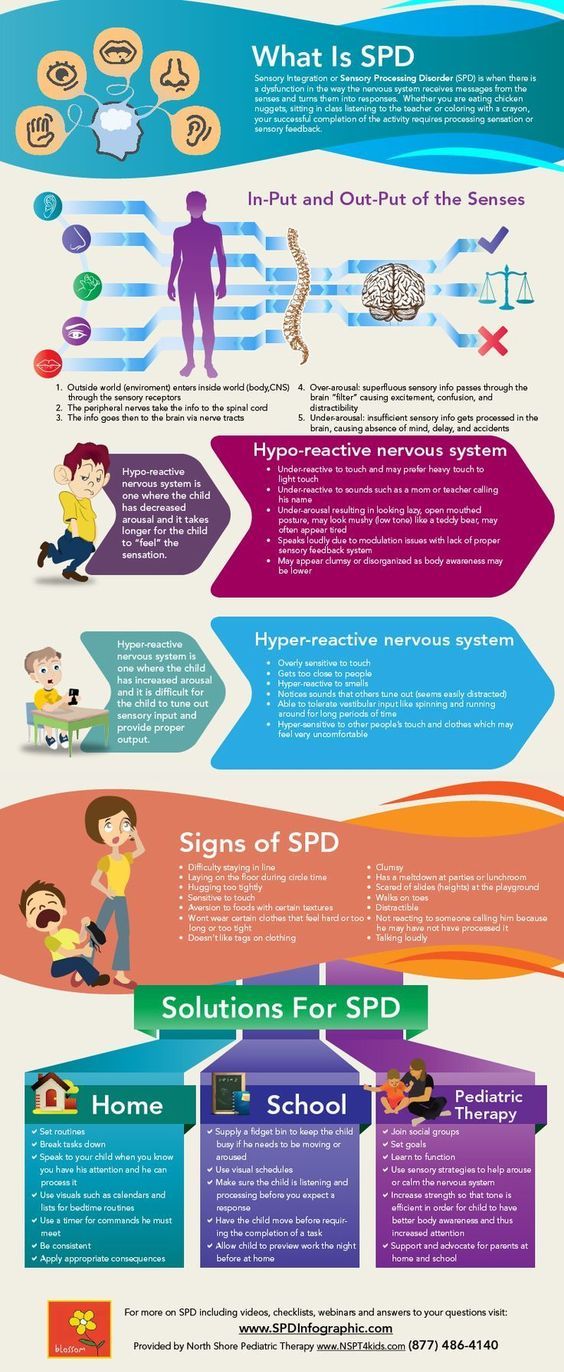
How to Support the Development of Social Skills during the Pandemic
The global pandemic has made it increasingly difficult for children to build and practice their social skills due to limited opportunities for in-person interactions. As parents, you may be wondering how to navigate and support your child’s social development. There are many ways you, as a parent, can teach and create opportunities for your child(ren) to practice social interactions at home. Here are some examples:
- Discuss social cues, norms, inappropriate and appropriate behaviours within movies, TV shows, and stories. Ask your child: What did the characters do well? What could they have done differently? How did a character’s behaviour affect the others? How did the characters feel? Help your child identify the similarities and differences between the characters.
- Role-play situations that your child may encounter or has encountered.
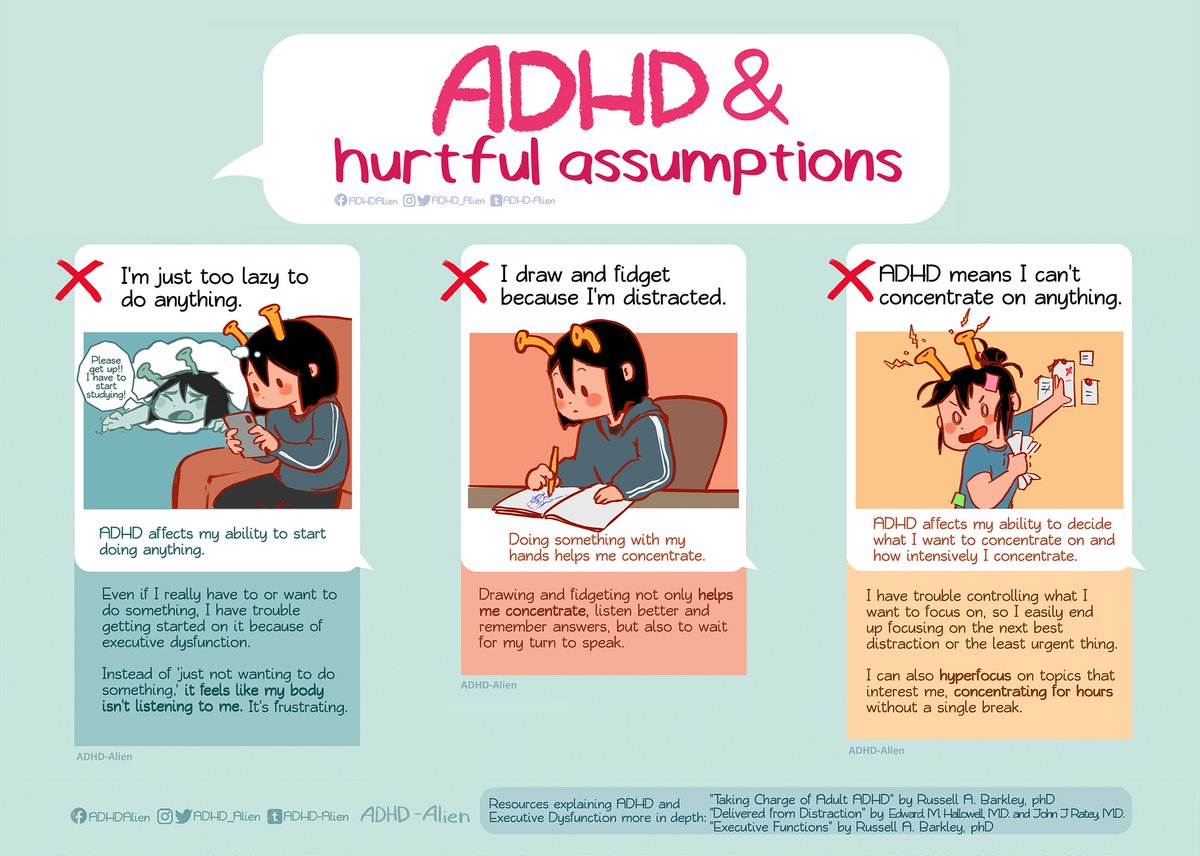 This can be a great way to model and practice turn-taking, perspective-taking, and navigating conflicts.
This can be a great way to model and practice turn-taking, perspective-taking, and navigating conflicts.
- Encourage your child to keep a journal to reflect on their social interactions. They can write about their feelings and the feelings of others during their interactions and ways they could improve future interactions.
- Educate your child on how to use online video call platforms and video games safely so that they can continue virtually interacting with their peers and building their social competence.
- Play interactive games (i.e., Pictionary, Jenga, Scrabble, Uno, Sorry, Hedbanz, A Penny for Your Thoughts, Apples to Apples, What Do You Meme?) with family members to develop their communication, turn-taking, and perspective-taking skills.
- Create stories together by taking turns saying one sentence each.
- Outline the social behaviours you would like to see in your child and ensure they clearly understand each one.
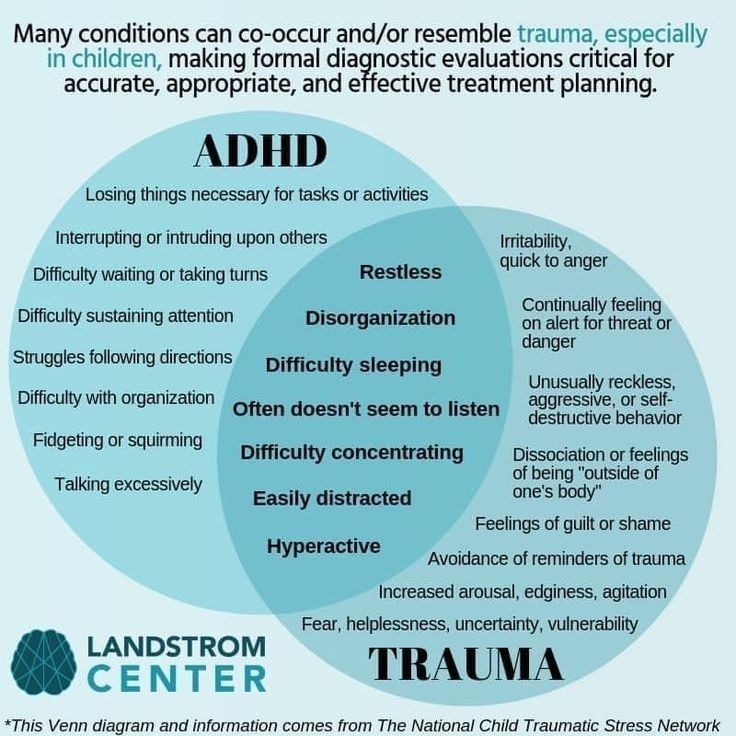
- Ensure you provide feedback immediately and frequently regarding your child’s social behaviour. Reward displays of positive interactions with verbal praise to help build your child’s confidence.
Summary
Children with ADHD may have a challenging time understanding social cues and effectively implementing social skills. Areas of social functioning that are impacted include: listening to others, initiating conversations at appropriate times, frequently interrupting, missing social cues, withdrawing, and talking excessively. These challenges can influence everyday interactions at school, at home, and within the community. The pandemic has significantly decreased the quality and quantity of opportunities to practice social skills. While these burdens continue to exist, parents can support their children to understand and practice developing their social skills at home.
Resources for Parents
Websites:
- Social Thinking (Lots of books and materials too!)
- Understood.
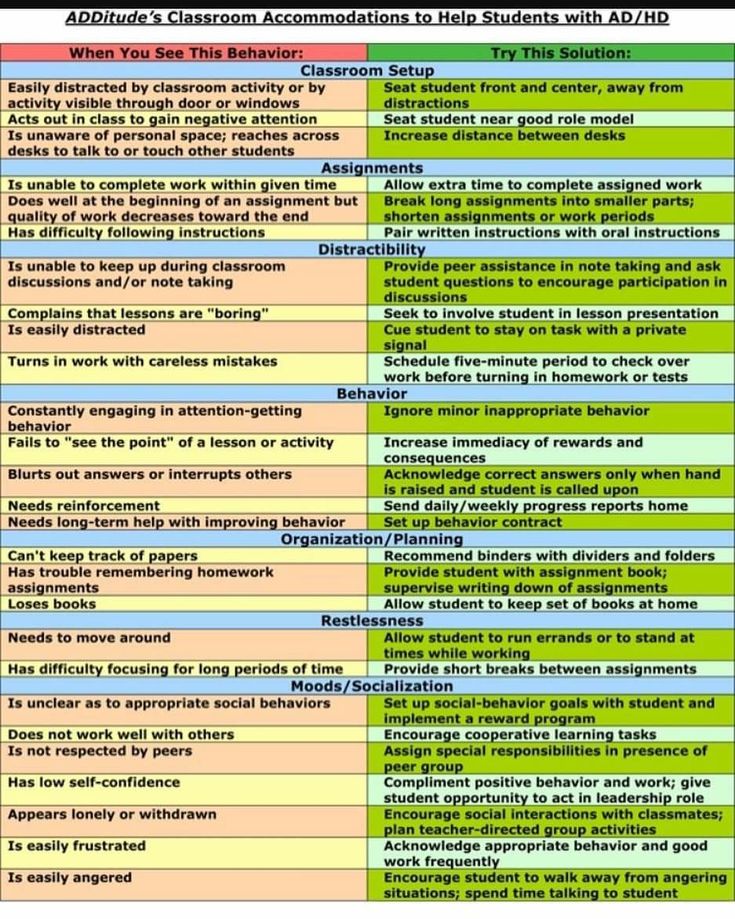 org
org - Childmind.org
Books:
- Getting from Me to We: How to Help Young Children Fit In and Make Friends by Shonna Tuck
- Social Skills Comics for Teens – Real Teens Show How to Behave in Real Social Situations by Elizabeth Bennett
Videos:
- Helping Your Child with ADHD Succeed Socially
- ADHD and Executive Function – Dr. Russell Barkley
Relationships & Social Skills - CHADD
Individuals with ADHD exhibit behavior that is often seen as impulsive, disorganized, aggressive, overly sensitive, intense, emotional, or disruptive. Their social interactions with others in their social environment — parents, siblings, teachers, friends, co-workers, spouses/partners — are often filled with misunderstanding and mis-communication.
Those with ADHD have a decreased ability to self-regulate their actions and reactions toward others. This can cause relationships to be overly tense and fragile.
The topics in this section address some of the particular relationship issues faced by individuals with ADHD and others in their lives.
Social Skills in Adults with ADHD
Individuals with ADHD often experience social difficulties, social rejection, and interpersonal relationship problems as a result of their inattention, impulsivity and hyperactivity. Such negative interpersonal outcomes cause emotional pain and suffering. They also appear to contribute to the development of co-morbid mood and anxiety disorders.
Because very little research has been published regarding social skills in adults with ADHD, the suggestions given in this sheet are based primarily upon sound clinical practices and upward extrapolations from the research on children’s social skills and ADHD.
Overall impact of ADHD on social interactions
It is not difficult to understand the reasons why individuals with ADHD often struggle in social situations.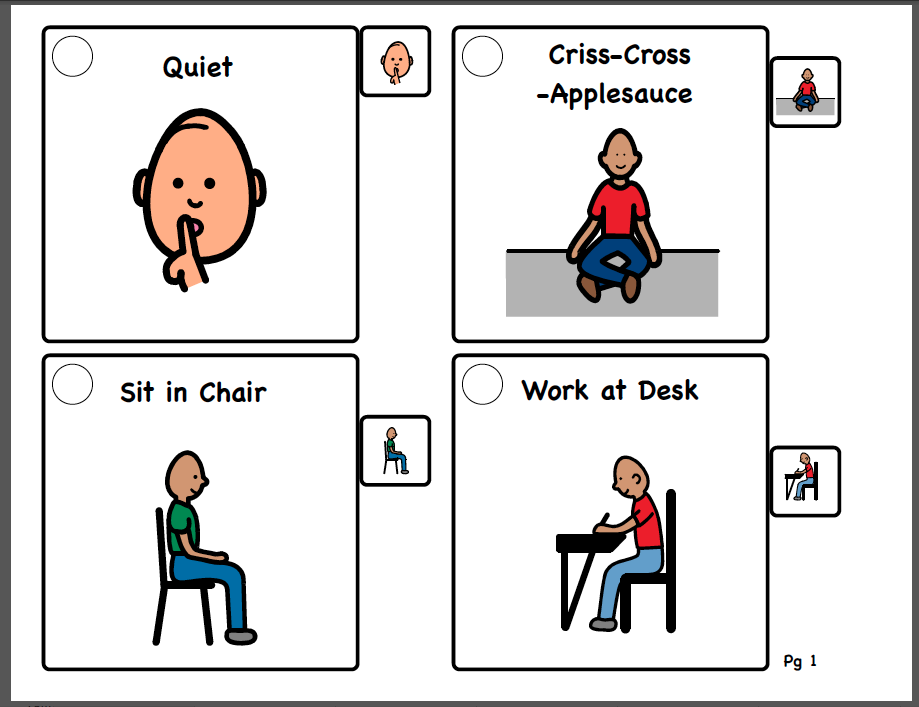 Interacting successfully with peers and significant adults is one of the most important aspects of a child’s development, yet 50 to 60 percent of children with ADHD have difficulty with peer relationships. Over 25 percent of Americans experience chronic loneliness. One can only speculate that the figure is much higher for adults with ADHD.
Interacting successfully with peers and significant adults is one of the most important aspects of a child’s development, yet 50 to 60 percent of children with ADHD have difficulty with peer relationships. Over 25 percent of Americans experience chronic loneliness. One can only speculate that the figure is much higher for adults with ADHD.
To interact effectively with others, an individual must be attentive, responsible and able to control impulsive behaviors. Adults with ADHD are often inattentive and forgetful and typically lack impulse control. Because ADHD is an “invisible disability,” often unrecognized by those who may be unfamiliar with the disorder, socially inappropriate behaviors that are the result of ADHD symptoms are often attributed to other causes. That is, people often perceive these behaviors and the individual who commits them as rude, self-centered, irresponsible, lazy, ill-mannered, and a host of other negative personality attributes. Over time, such negative labels lead to social rejection of the individual with ADHD.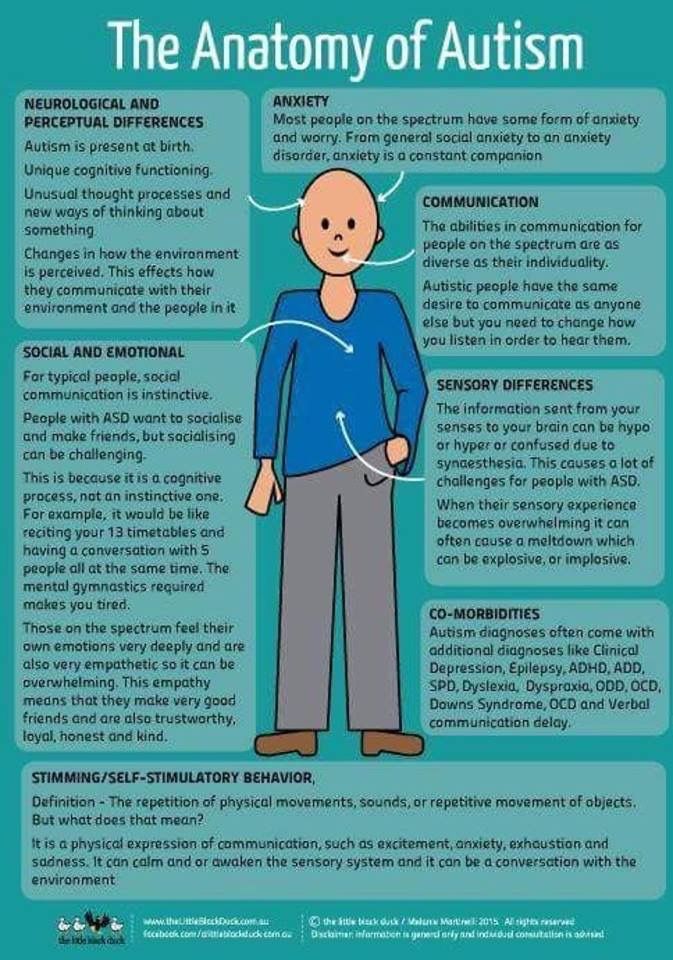 Social rejection causes emotional pain in the lives of many of the children and adults who have ADHD and can create havoc and lower self-esteem throughout the life span. In relationships and marriages, the inappropriate social behavior may anger the partner or spouse without ADHD, who may eventually “burn out” and give up on the relationship or marriage.
Social rejection causes emotional pain in the lives of many of the children and adults who have ADHD and can create havoc and lower self-esteem throughout the life span. In relationships and marriages, the inappropriate social behavior may anger the partner or spouse without ADHD, who may eventually “burn out” and give up on the relationship or marriage.
Educating individuals with ADHD, their significant others, and their friends about ADHD and the ways in which it affects social skills and interpersonal behaviors can help alleviate much of the conflict and blame. At the same time, the individual with ADHD needs to learn strategies to become as proficient as possible in the area of social skills. With proper assessment, treatment and education, individuals with ADHD can learn to interact with others effectively in a way that enhances their
social life.
ADHD and the acquisition of social skills
Social skills are generally acquired through incidental learning: watching people, copying the behavior of others, practicing, and getting feedback.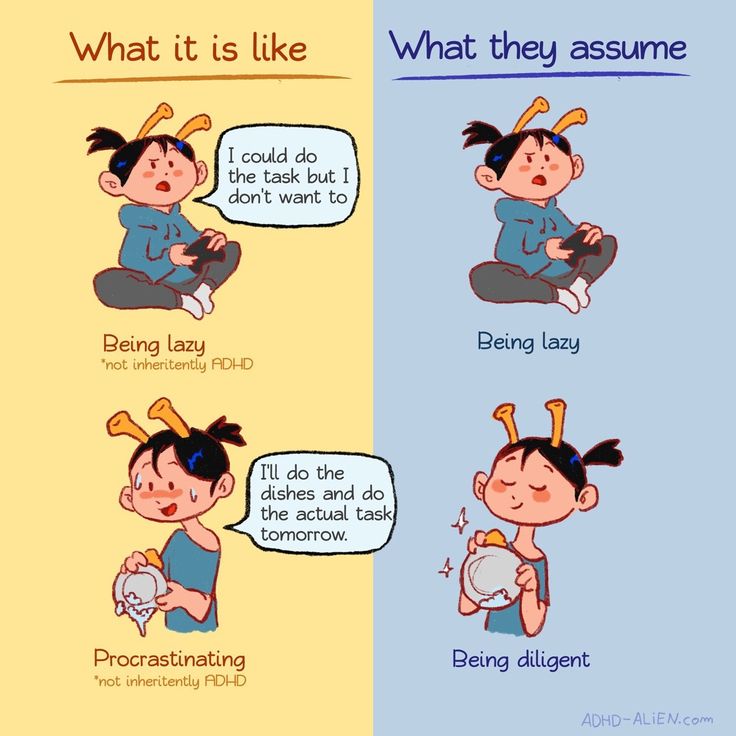 Most people start this process during early childhood. Social skills are practiced and honed by “playing grown-up” and through other childhood activities. The finer points of social interactions are sharpened by observation and peer feedback.
Most people start this process during early childhood. Social skills are practiced and honed by “playing grown-up” and through other childhood activities. The finer points of social interactions are sharpened by observation and peer feedback.
Children with ADHD often miss these details. They may pick up bits and pieces of what is appropriate but lack an overall view of social expectations. Unfortunately, as adults, they often realize “something” is missing but are never quite sure what that “something” may be.
Social acceptance can be viewed as a spiral going up or down. Individuals who exhibit appropriate social skills are rewarded with more acceptance from those with whom they interact and are encouraged to develop even better social skills. For those with ADHD, the spiral often goes downward. Their lack of social skills leads to peer rejection, which then limits opportunities to learn social skills, which leads to more rejection, and so on. Social punishment includes rejection, avoidance, and other, less subtle means of exhibiting one’s disapproval towards another person.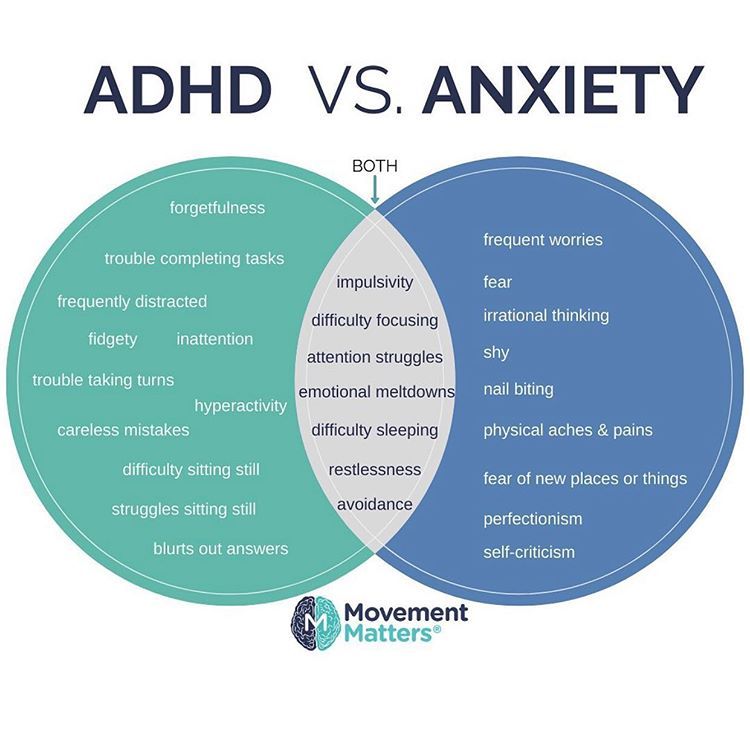
It is important to note that people do not often let the offending individual know the nature of the social violation. Pointing out that a social skill error is being committed is often considered socially inappropriate. Thus, people are often left on their own to try to improve their social skills without understanding exactly what areas need improvement.
Research on children with ADHD and social skills
Researchers have found that the social challenges of children with ADHD include disturbed relationships with their peers, difficulty making and keeping friends, and deficiencies in appropriate social behavior. Long-term outcome studies suggest that these problems continue into adolescence and adulthood and impede the social adjustment of adults with ADHD.
At first, these difficulties of children with ADHD were conceptualized as a deficit in appropriate social skills, such that the children had not acquired the appropriate social behaviors.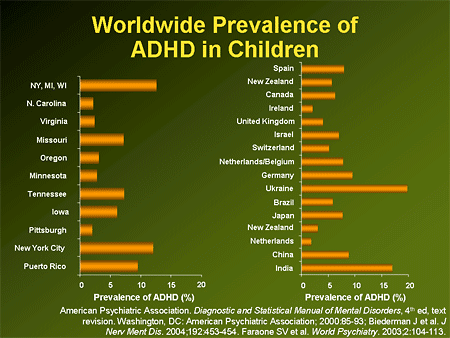 Based upon this model, social skills training, which is commonly conducted with groups of children, became a widely accepted treatment modality. In the typical social skills training group, the therapist targets specific social behaviors, provides verbal instructions and demonstrations of the target behavior, and coaches the children to role-play the target behaviors with one another. The therapist also provides positive feedback and urges the group to provide positive feedback to one another for using the appropriate social behavior. The children are instructed to apply their newly acquired skills in their daily lives.
Based upon this model, social skills training, which is commonly conducted with groups of children, became a widely accepted treatment modality. In the typical social skills training group, the therapist targets specific social behaviors, provides verbal instructions and demonstrations of the target behavior, and coaches the children to role-play the target behaviors with one another. The therapist also provides positive feedback and urges the group to provide positive feedback to one another for using the appropriate social behavior. The children are instructed to apply their newly acquired skills in their daily lives.
More recently, ADHD has been re-conceptualized as an impairment of the executive or controlling functions of the brain. It follows from this conceptualization that the social deficits of the individual with ADHD may not be primarily the result of a lack of social skills, but rather a lack of efficiency in reliably using social skills that have already been acquired. Social skills training addresses the lack of skills, but does not address inefficient use of existing skills. Medication produces direct changes in the executive function of the brain and may therefore help children with ADHD more reliably use newly acquired social skills. Researchers have also added components to social skills training that help children with ADHD reliably apply what they have learned in various settings. To accomplish this goal, parents and teachers are trained to prompt and reinforce children with ADHD to use newly acquired social skills at home and in school.
Social skills training addresses the lack of skills, but does not address inefficient use of existing skills. Medication produces direct changes in the executive function of the brain and may therefore help children with ADHD more reliably use newly acquired social skills. Researchers have also added components to social skills training that help children with ADHD reliably apply what they have learned in various settings. To accomplish this goal, parents and teachers are trained to prompt and reinforce children with ADHD to use newly acquired social skills at home and in school.
Only a small number of controlled investigations have studied the effectiveness of social skills training for children with ADHD. These studies have found that social skills training improves the children’s knowledge of social skills and improves their social behavior at home as judged by parents, and these positive changes last up to the 3 or 4 month follow-up periods in the studies. However, these changes only partially generalize to school and other environments.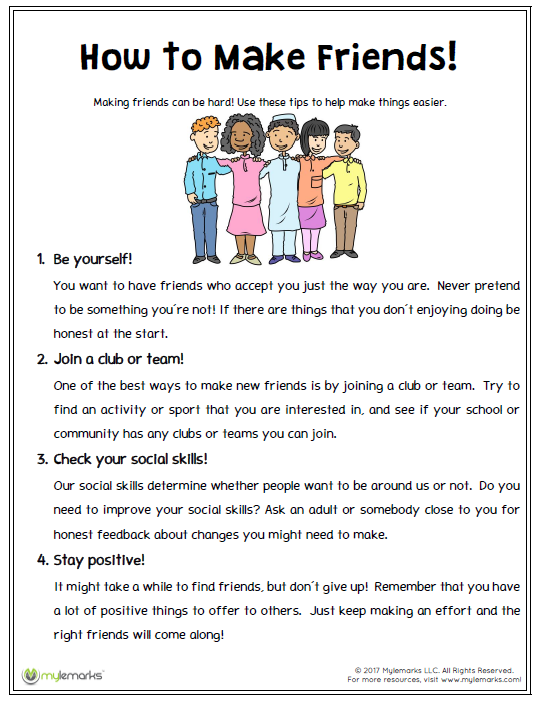
Researchers have also found that embedding social skills training within an intensive behavioral intervention, such as a specialized summer camp program, is a highly effective way of increasing the chances that the children will maintain and generalize the gains that they have made. There is no research yet that addresses the question of whether children with ADHD who benefit from social skills training have more friends, are better accepted by their peers, and have better interpersonal relationships as they move into adolescence and adulthood. Clearly, this is an area where more research is necessary.
Specific ADHD symptoms and social skills
Inattention
Tips for identifying subtext:
- Look for clues in your environment to help you decipher the subtext. Be mindful of alternative possibilities. Be observant.
- Be aware of body language, tone of voice, behavior, or the look of someone’s eyes to better interpret what they are saying.
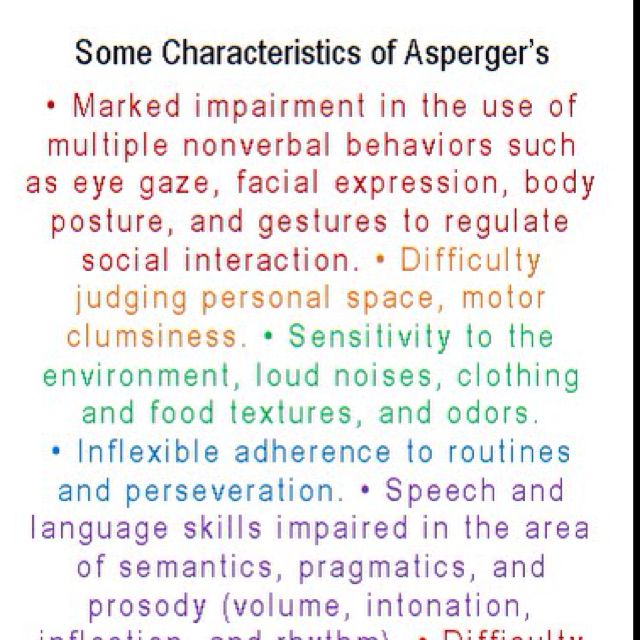
- Look at a person’s choice of words to better detect the subtext. (“I’d love to go” probably means yes. “If you want to” means probably not, but I’ll do it.)
- Actions speak louder than words. If someone’s words say one thing but their actions reveal another, it would be wise to consider that their actions might be revealing their true feelings.
- Find a guide to help you with this hidden language. Compare your understanding of reality with their understanding of reality. If there is a discrepancy, you might want to try the other person’s interpretation and see what happens, especially if you usually get it wrong.
- Learn to interpret polite behavior. Polite behavior often disguises actual feelings.
- Be alert to what others are doing. Look around for clues about proper behavior, dress, seating, parking and the like.
- A momentary lapse in attention may result in the adult with ADHD missing important information in a social interaction. If a simple sentence like “Let’s meet at the park at noon,” becomes simply “Let’s meet at noon,” the listener with ADHD misses the crucial information about the location of the meeting.
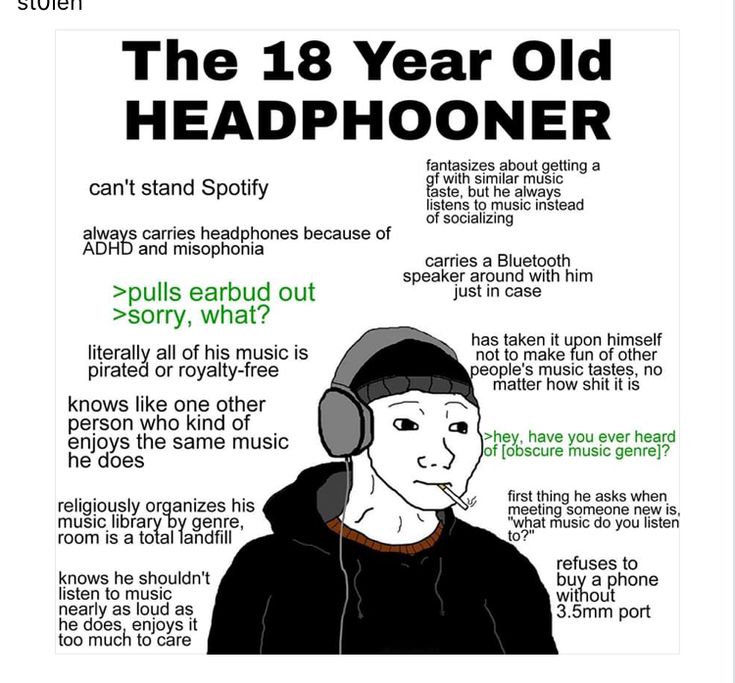 The speaker may become frustrated or annoyed when the listener asks where the meeting will take place, believing that the listener intentionally wasn’t paying attention and didn’t value what they had to say. Or even worse, the individual with ADHD goes to the wrong place, yielding confusion and even anger in the partner. Unfortunately, often neither the speaker nor listener realizes that important information has been missed until it is too late.
The speaker may become frustrated or annoyed when the listener asks where the meeting will take place, believing that the listener intentionally wasn’t paying attention and didn’t value what they had to say. Or even worse, the individual with ADHD goes to the wrong place, yielding confusion and even anger in the partner. Unfortunately, often neither the speaker nor listener realizes that important information has been missed until it is too late.
A related social skills difficulty for many with ADHD involves missing the subtle nuances of communication. Those with ADHD will often have difficulty “reading between the lines” or understanding subtext. It is difficult enough for most to attend to the text of conversations without the additional strain of needing to be aware of the subtext and what the person really means . Unfortunately, what is said is often not what is actually meant.
Impulsivity
Impulsivity negatively affects social relationships because others may attribute impulsive words or actions to lack of caring or regard for others.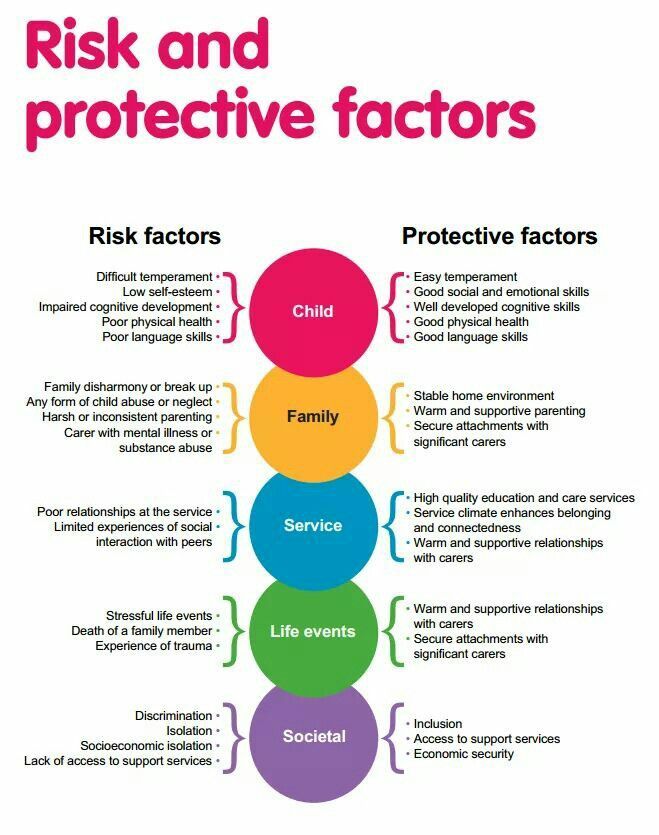 Failure to stop and think first often has devastating social consequences. Impulsivity in speech, without self-editing what is about to be said, may appear as unfiltered thoughts. Opinions and thoughts are shared in their raw form, without the usual veneer that most people use to be socially appropriate. Interruptions are common.
Failure to stop and think first often has devastating social consequences. Impulsivity in speech, without self-editing what is about to be said, may appear as unfiltered thoughts. Opinions and thoughts are shared in their raw form, without the usual veneer that most people use to be socially appropriate. Interruptions are common.
Impulsive actions can also create difficulties as individuals with ADHD may act before thinking through their behavior. Making decisions based on an “in the moment” mentality often leads to poor decision-making. Those with ADHD often find themselves lured off task by something more inviting. Impulsive actions can include taking reckless chances, failure to study or prepare for school- or work-related projects, affairs, quitting jobs, making decisions to relocate, financial overspending, and even aggressive actions, such as hitting others or throwing items.
Rapid and excessive speech can also be a sign of impulsivity. The rapid-fire speech of an individual with ADHD leaves little room for others who might want to participate in the conversation.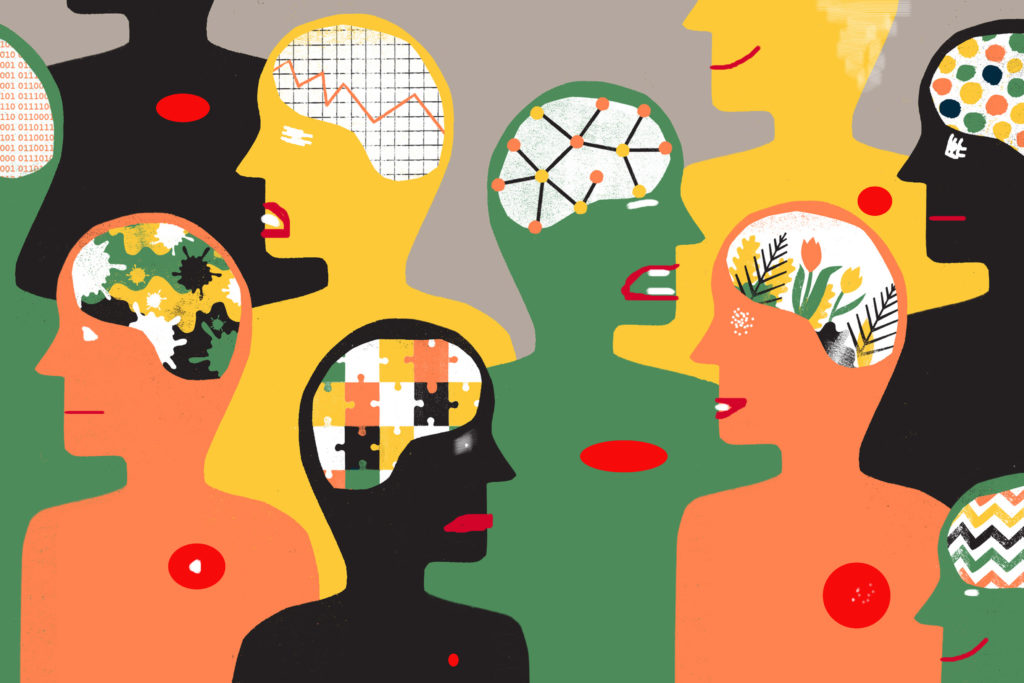 Monologues rather than dialogues leave many with ADHD without satisfying relationships or needed information.
Monologues rather than dialogues leave many with ADHD without satisfying relationships or needed information.
Hyperactivity
Physical hyperactivity often limits the ability to engage in leisure activities. Failure to sit still and concentrate for concerts, religious ceremonies, educational events, or even leisure vacations and the like may be interpreted by others as a lack of caring or concern on the part of the person with ADHD. In addition, difficulties lookingattentive leave others feeling unattended.
Assessment of social skills
Interviews and self-report questionnaires are the primary tools for assessing social skill deficits and interpersonal interaction problems in adults with ADHD. During the course of a diagnostic evaluation for ADHD (see What We Know #9, “Diagnosis of ADHD in Adults”), a mental health professional will thoroughly assess the social interactions of the adult. When questionnaires are used, it is important to include both a self-report by the individual with ADHD and reports by spouses, significant others, and friends on a comparable version of the questionnaire.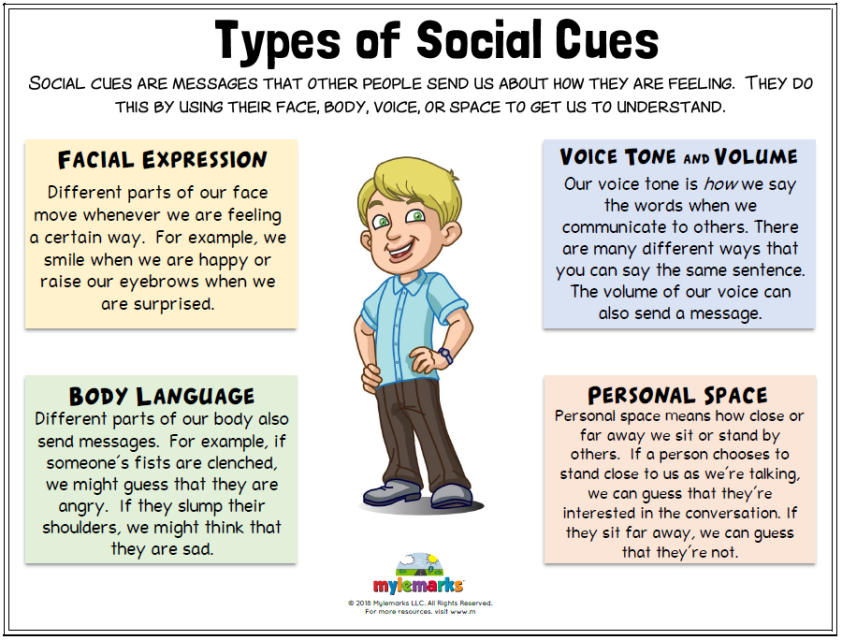 The questionnaire may include the following types of items:
The questionnaire may include the following types of items:
- Difficulty paying attention when spoken to, missing pieces of information
- Appears to ignore others
- Difficulty taking turns in conversation (tendency to interrupt frequently)
- Difficulty following through on tasks and/or responsibilities
- Failure to use proper manners
- Missed social cues
- Disorganized lifestyle
- Sharing information that is inappropriate
- Being distracted by sounds or noises
- Become flooded or overwhelmed, shutting down
- Disorganized or scattered thoughts
- Rambling or straying off topic during conversations
- Ending a conversation abruptly
Treatment strategies
When the social skill areas in need of strengthening have been identified, obtaining a referral to a therapist or coach who understands how ADHD affects social skills is recommended (see Coaching). Medications are often helpful in the management of ADHD symptoms; in many cases, an effective dose of medication will give the adult with ADHD the boost in self-control and concentration necessary to utilize newly acquired social skills at the appropriate time.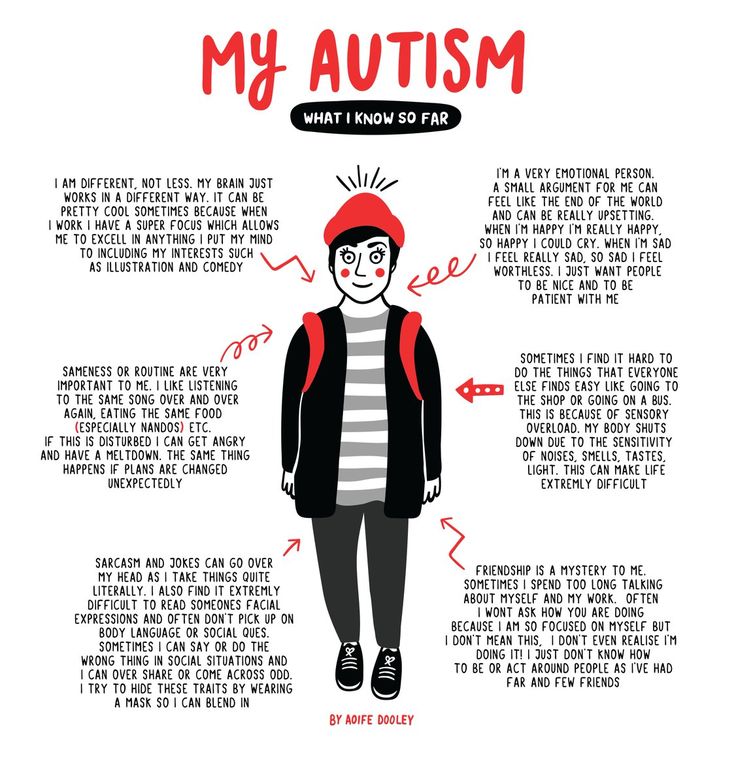 However, medications alone are usually not sufficient to help gain the necessary skills (see Medication Management).
However, medications alone are usually not sufficient to help gain the necessary skills (see Medication Management).
As discussed earlier, social skills training for children and adolescents with ADHD usually involves instruction, modeling, role-playing, and feedback in a safe setting such as a social skills group run by a therapist. In addition, arranging the environment to provide reminders has proven essential to using the correct social behavior at the opportune moment. These findings suggest that adults with ADHD wishing to work on their social skills should consider the following elements when seeking an effective intervention. It is important to note that these treatment strategies are suggestions based on clinical practice, rather than empirical research.
9 Ways to Master Social Skills
Knowledge. Oftentimes social skills can be significantly improved when there is an understanding of social skills as well as the areas in need of improvement.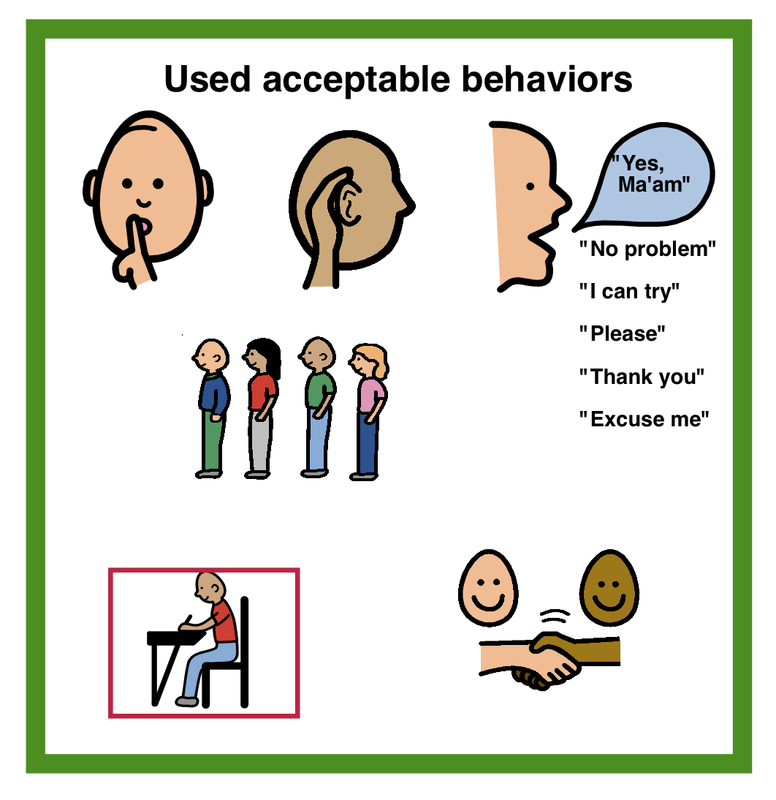 Reading books such as What Does Everybody Know That I Don’t, ADD and Romance, or You, Your Relationship & Your ADD can provide some of that knowledge .
Reading books such as What Does Everybody Know That I Don’t, ADD and Romance, or You, Your Relationship & Your ADD can provide some of that knowledge .
Attitude. Individuals with ADHD should have a positive attitude and be open to the growth of their social skills. It is also important to be open and appreciative of feedback provided by others.
Goals. Adults with ADHD may want to pick and work on one goal at a time, based on a self-assessment and the assessments of others. Tackling the skill areas one at a time allows the individual to master each skill before moving on to the next.
The echo. Those who struggle with missing pieces of information due to attentional difficulties during conversation may benefit from developing a system of checking with others what they heard. “I heard you say that. Did I get it right Is there more ” Or an individual with ADHD could ask others to check with them after providing important information.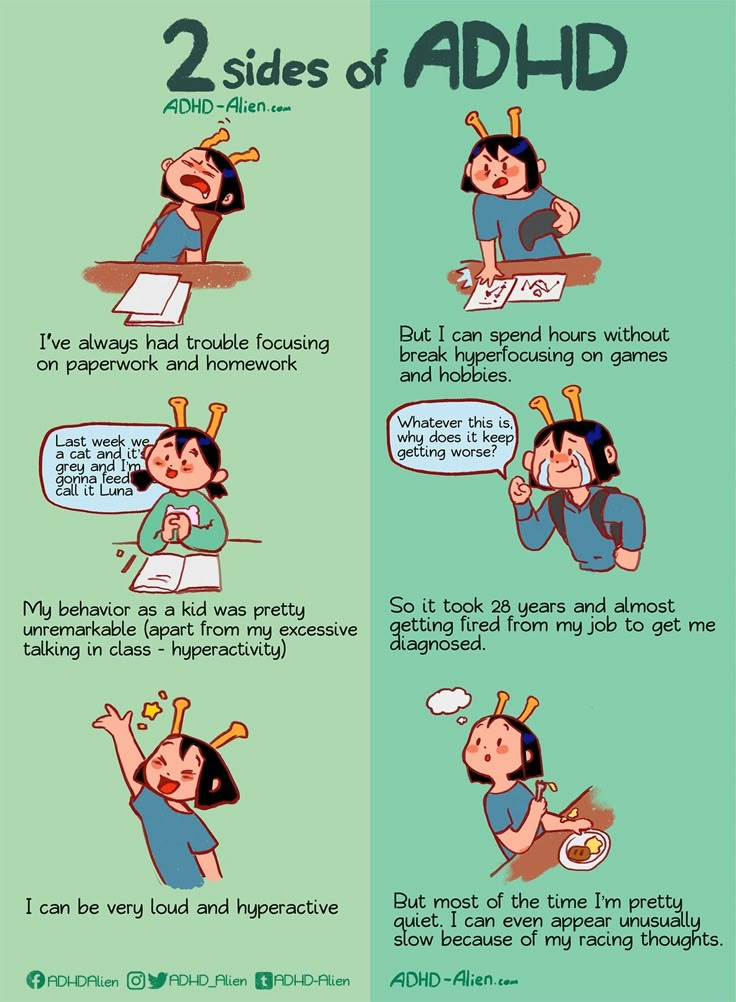 “Please tell me what you heard me say.” In this way, social errors due to inattention can be avoided.
“Please tell me what you heard me say.” In this way, social errors due to inattention can be avoided.
Observe others. Adults with ADHD can learn a great deal by watching others do what they need to learn to do. They may want to try selecting models both at work and in their personal lives to help them grow in this area. Television may also provide role models.
Role play. Practicing the skills they need with others is a good way for individuals with ADHD to receive feedback and consequently improve their social skills.
Visualization. Visualization can be used to gain additional practice and improve one’s ability to apply the skill in other settings. Those who need practice in social skills can decide what they want to do and rehearse it in their minds, imagining actually using the skill in the setting they will be in with the people they will actually be interacting with. They can repeat this as many times as possible to help “overlearn” the skill.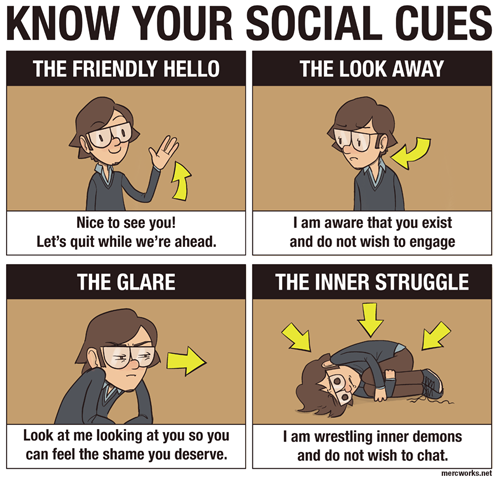 In this manner, they can gain experience in the “real” world, which will greatly increase the likelihood of their success.
In this manner, they can gain experience in the “real” world, which will greatly increase the likelihood of their success.
Prompts. Adults with ADHD can use prompts to stay focused on particular social skill goals. The prompts can be visual (an index card), verbal (someone telling them to be quiet), physical (a vibrating watch set every 4 minutes reminding them to be quiet), or a gesture (someone rubbing their head) to help remind them to work on their social skills.
Increase “likeability.” According to social exchange theory, people maintain relationships based on how well those relationships meet their needs. People are not exactly “social accountants,” but on some level, people do weigh the costs and benefits of being in relationships. Many with ADHD are considered to be “high maintenance.” Therefore, it is helpful to see what they can bring to relationships to help balance the equation. Investigators have found that the following are characteristics of highly likeable people: sincere, honest, understanding, loyal, truthful, trustworthy, intelligent, dependable, thoughtful, considerate, reliable, warm, kind, friendly, happy, unselfish, humorous, responsible, cheerful, and trustful.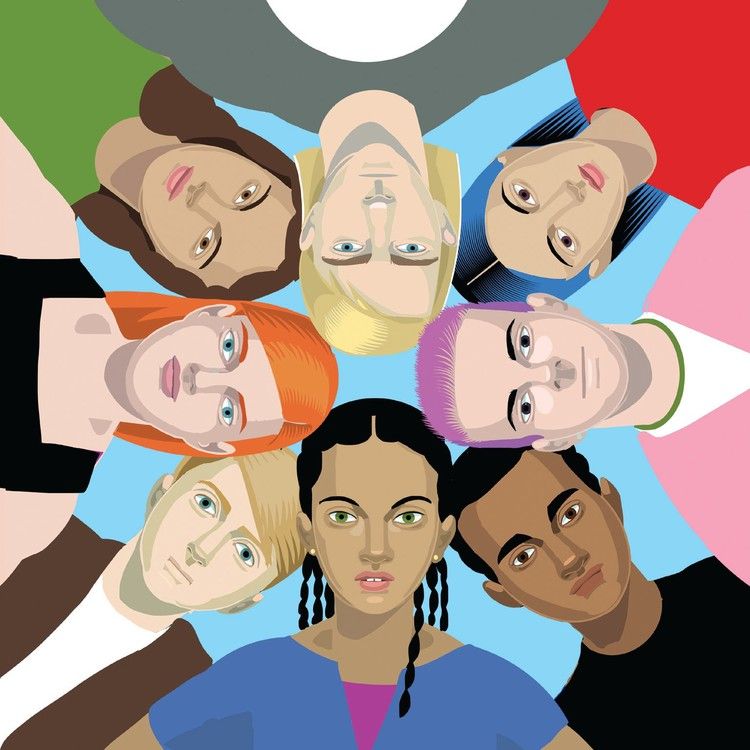 Developing or improving any of the likeability characteristics should help one’s social standing.
Developing or improving any of the likeability characteristics should help one’s social standing.
Although ADHD certainly brings unique challenges to social relationships, information and resources are available to help adults with ADHD improve their social skills. Most of this information is based upon sound clinical practice and research on social skills and ADHD in children and adolescents; there is a great need for more research on social skills and ADHD in adults. Seek help through reading, counseling, or coaching and, above all, build and maintain social connections.
Attention deficit hyperactivity disorder in children | Zinov'eva
1. Polanczyk G, de Lima MS, Horta BL, et al. The worldwide prevalence of ADHD: a systematic review and metaregression analysis. Am J Psychiatry. 2007;164(6):942–8. DOI:
2. Bryazgunov IP, Kasatikova EV. Attention deficit hyperactivity disorder in children.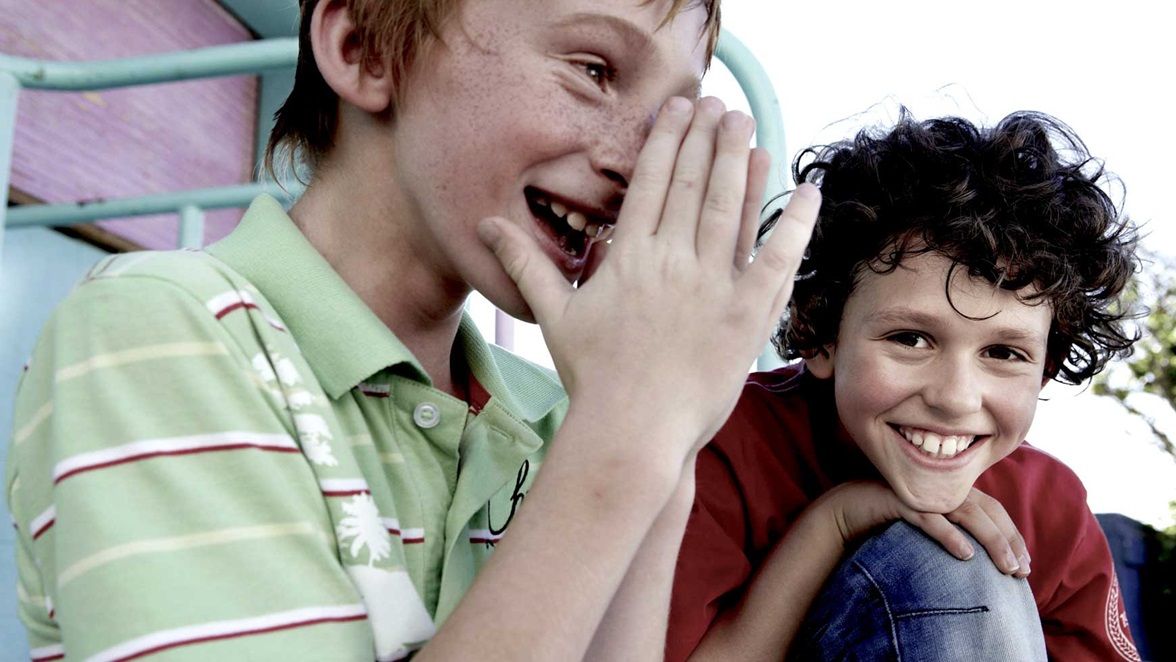 Moscow: Medpraktika; 2002. 128 p. [Bryazgunov IP, Kasatikova EV. Defitsit vnimaniya s giperaktivnost'yu u detei [Deficiency of attention with a hyperactivity at children]. Moscow: Medpraktika; 2002. 128 p. (In Russ.)]
Moscow: Medpraktika; 2002. 128 p. [Bryazgunov IP, Kasatikova EV. Defitsit vnimaniya s giperaktivnost'yu u detei [Deficiency of attention with a hyperactivity at children]. Moscow: Medpraktika; 2002. 128 p. (In Russ.)]
3. Zavadenko NN. Hyperactivity and attention deficit in childhood. Moscow: ACADEMIA; 2005. 256 p. [Zavadenko N.N. Giperaktivnost' i defitsit vnimaniya v detskom vozraste [Hyperactivity and deficiency of attention at children's age]. Moscow: ACADEMIA; 2005. 256 p. (In Russ.)]
4. Biederman J, Kwon A, Aleardi M, et al. Absence of gender effects on attention deficit hyperactivity disorder: findings in nonreferred subjects. Am J Psychiatry. 2005;162(6):1083–9. DOI: http://dx.doi.org/10.1176/appi.ajp.162.6.1083. nine0003
5. Diagnostic and Statistical Manual of Mental Disorders. 5th ed.: DSM-5. American Psychiatric Association. 2013.
6. Aleksandrov AA, Karpina NV, Stankevich LN. Negativity of mismatch in evoked potentials of the brain in adolescents in the norm and with attention deficit upon presentation of acoustic stimuli of short duration.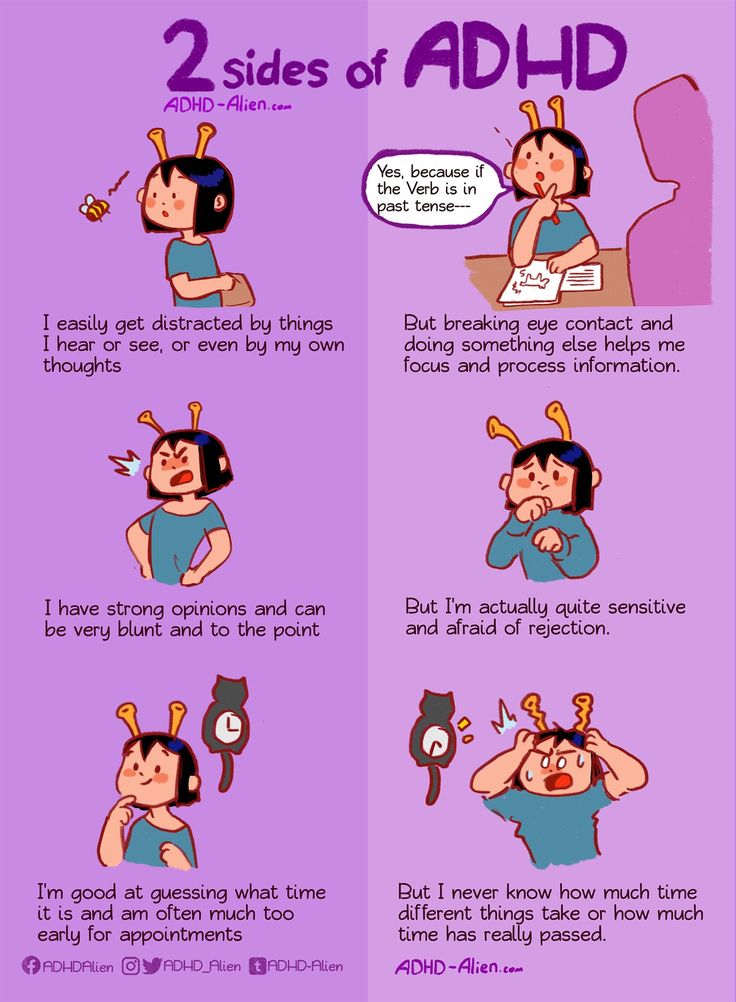 Russian Physiological Journal. THEM. Sechenov. 2003;33(7):671–5. [Aleksandrov AA, Karpina NV, Stankevich LN. Mismatch negativity in evoked brain potentials in adolescents in normal conditions and attention deficit in response to presentation of short-duration acoustic stimuli. Rossiiskii fiziologicheskii zhurnal im. I.M. Sechenova = Neuroscience and behavioral physiology. 2003;33(7):671–5. (In Russ.)]
Russian Physiological Journal. THEM. Sechenov. 2003;33(7):671–5. [Aleksandrov AA, Karpina NV, Stankevich LN. Mismatch negativity in evoked brain potentials in adolescents in normal conditions and attention deficit in response to presentation of short-duration acoustic stimuli. Rossiiskii fiziologicheskii zhurnal im. I.M. Sechenova = Neuroscience and behavioral physiology. 2003;33(7):671–5. (In Russ.)]
7. Becker SP, Langberg JM, Vaughn AJ, Epstein JN. Clinical utility of the Vanderbilt ADHD diagnostic parent rating scale comorbidity screening scales. J Dev Behav Pediatr. 2012;33(3):221–8. DOI: 10.1097/DBP.0b013e318245615b.
8. Gorbachevskaya NL, Zavadenko NN, Sorokin AB, Grigorieva NV. Neurophysiological study of attention deficit hyperactivity disorder. Siberian Bulletin of Psychiatry and Narcology. 2003;(1):47–51. [Gorbachevskaya NL, Zavadenko NN, Sorokin AB, Grigor'eva NV. Neurophysiological research of a syndrome of deficiency of attention with a hyperactivity. Sibirskii vestnik psikhiatrii i narkologii.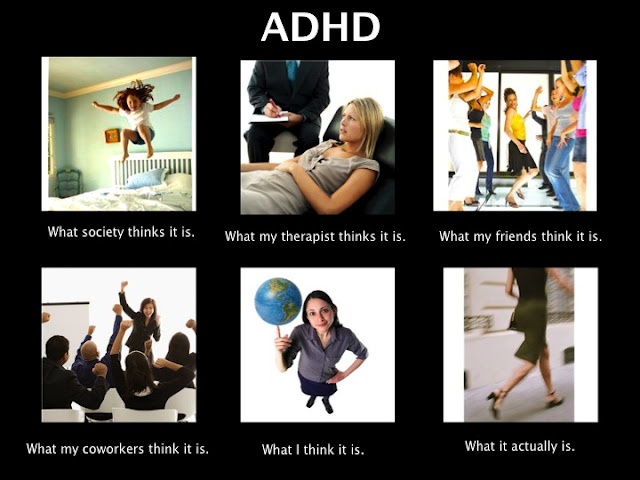 2003;(1):47–51. (In Russ.)]
2003;(1):47–51. (In Russ.)]
9. Biederman J, Faraone S. Attention deficit hyperactivity disorder. Lancet. 2005;366(9481):237–48. DOI: http://dx.doi.org/10.1016/S0140-6736(05)66915-2.
10. Mick E, Faraone SV. Genetics of Attention Deficit Hyperactivity Disorder. Child Adolesc Psychiatr Clin N Am. 2008;17(2):261–84, vii-viii. DOI: 10.1016/j.chc.2007.11.011.
11. Haavik J, Blau N, Thö ny B. Mutations in human monoamine-related neurotransmitter pathway genes. Hum Mutat. 2008;29(7):891–902. DOI: 10.1002/humu.20700. nine0003
12. Schulz KP, Himelstein J, Halperin JM, Newcorn JH. Neurobiological models of attentiondeficit/hyperactivity disorder: a brief review of the empirical evidence. CNS spectra. 2000;5(6):34–44.
13. Arnsten AFT, Pliszka SR. Catecholamine influences on prefrontal cortical function: relevance to treatment of attention deficit hyperactivity disorder and related disorders. Pharmacol Biochem Behav. 2011;99(2):211–6. DOI: 10.1016/j.pbb.2011.01.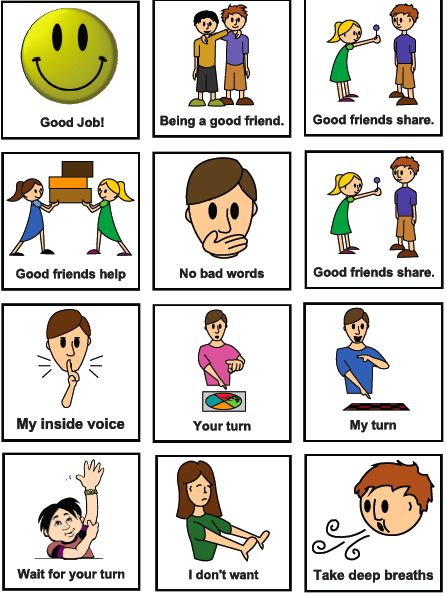 020. Epub 2011 Feb 2.
020. Epub 2011 Feb 2.
14. McNally MA, Crocetti D, Mahone EM, et al. Corpus callosum segment circumference is associated with response control in children with attention-deficit hyperactivity disorder (ADHD). J Child Neurology. 2010;25(4):453–62. DOI: 10.1177/0883073809350221. Epub 2010 Feb 5.
15. Nakao T, Radua J, Rubia K, Mataix-Cols D. Gray matter volume abnormalities in ADHD: voxelbased meta-analysis exploring the effects of age and stimulant medication. Am J Psychiatry. 2011;168(11):1154–63. DOI: 10.1176/appi.ajp.2011.11020281. Epub 2011 Aug 24.
16. Valera EM, Faraone SV, Murray KE, Seidman LJ. Meta-analysis of structural imaging findings in attention-deficit/hyperactivity disorder. Biol Psychiatry. 2007;61(12):1361–9. DOI: http://dx.doi.org/10.1016/j.biopsych.2006.06.011. Epub 2006 Sep 1.
17. Finger AB. Lectures on developmental neurology. Moscow: MEDpressinform; 2012. 376 p. [Pal'chik AB. Lektsii po nevrologii razvitiya [Lectures on development neurology]. Moscow: MEDprecsinform; 2012. 376 p. (In Russ.)]
18. Reddy DS. Neurosteroids: Endogenous role in the human brian and therapeutic potentials. Prog. Brain Res. 2010;186:113–137.
19. Shaw P, Eckstrand K, Sharp W, et al. Attention-deficit/hyperactivity disorder is characterized by a delay in cortical maturation. Proc Natl Acad Sci USA. 2007;104(49):19649–54. DOI: http://dx.doi.org/10.1073/pnas.0707741104. Epub 2007 Nov 16.
20. Fair DA, Posner J, Nagel BJ, et al. Atypical default network connectivity in youth with attention-deficit hyperactivity disorder. Biological psychology. 2010;68(12):1084–91. DOI: 10.1016/j.biopsych.2010.07.003. Epub 2010 Aug 21.
21. Makris N, Biederman J, Monuteaux MC, Seidman LJ. Towards Conceptualizing a Neural Systems-Based Anatomy of Attention-Deficit/Hyperactivity Disorder. Dev Neurosci. 2009;31(1–2):36–49. DOI: 10.1159/000207492. Epub 2009 Apr 17.
22. Kaplan RF, Stevens MC. A review of adult ADHD: a neuropsychological and neuroimaging perspective.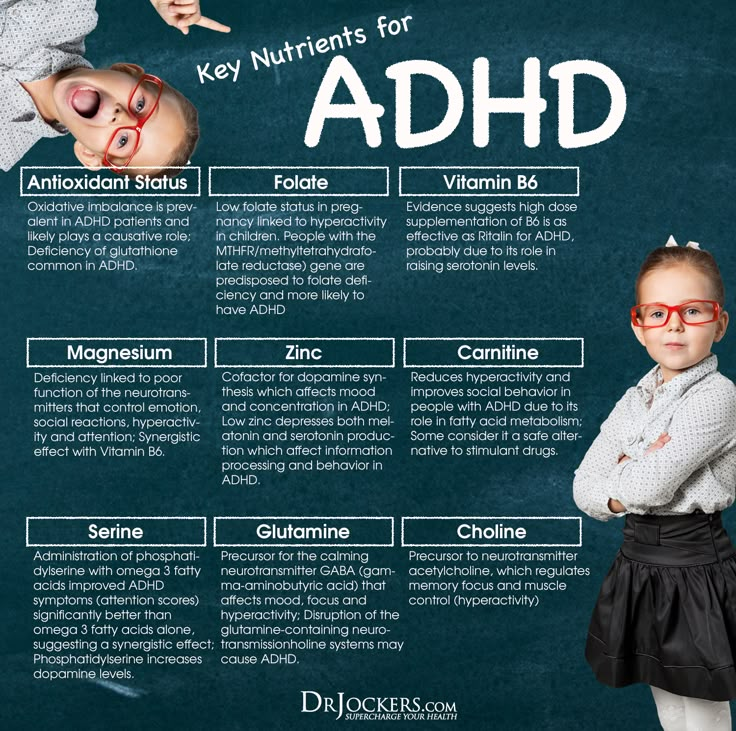 CNS Spectrums. 2002;7(5):355–62.
CNS Spectrums. 2002;7(5):355–62.
23. Krause J. SPECT and PET of the dopamine transporter in attention-deficit/hyperactivity disorder. Expert Rev Neurother. 2008;8(4):611–25. DOI: 10.1586/14737175.8.4.611.
24. Zametkin A, Liebenauer L, Fitzgerald G, et al. Brain metabolism in teenagers with attention deficit hyperactivity disorder. Arch Gen Psychiatry. nineteen93;50:333–40. DOI: http://dx.doi.org/10.1001/archpsyc.1993.01820170011002.
25. Arns M, Conners CK, Kraemer HC. A decade of EEG Theta/Beta ratio research in ADHD – a meta-analysis. J Atten Discord. 2013;17(5):374–83. DOI: 10.1177/1087054712460087. Epub 2012 Oct 19.
26. Anjana Y, Khaliq F, Vaney N. Event-related potentials study in attention deficit hyperactivity disorder. Funct Neurol. 2010;25(2):87–92.
27. Oades RD, Dittman-Balcar A, Schepker R, et al. Auditory event-related potentials (ERPs) and mismatch negativity (MMN) in healthy children and those with attention-deficit or tourettetic symptoms.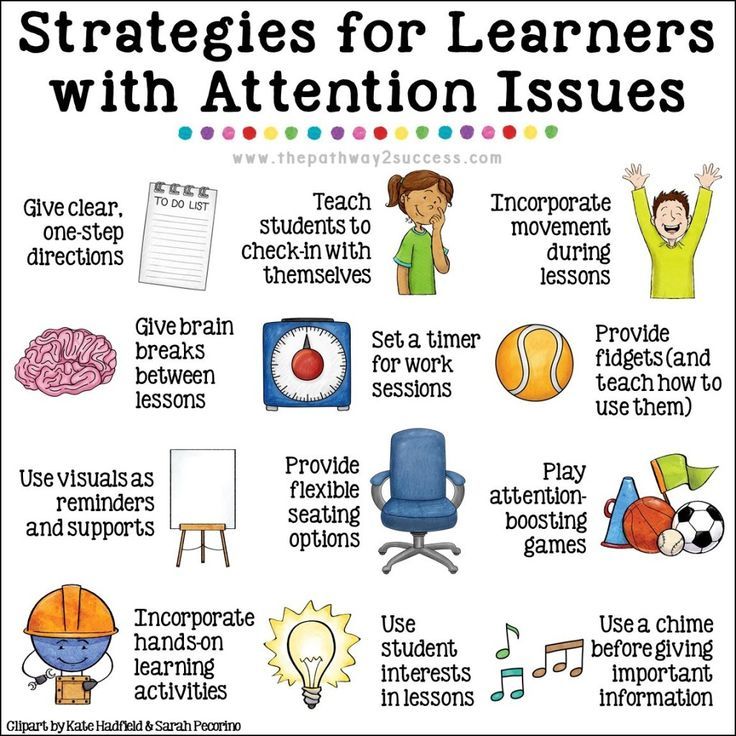 Biol Psychol. nineteen96;43(2):163–85. DOI: http://dx.doi.org/10.1016/0301-0511(96)05189-7.
Biol Psychol. nineteen96;43(2):163–85. DOI: http://dx.doi.org/10.1016/0301-0511(96)05189-7.
28. Meisel V, Servera M, Garcia-Banda G, et al. Neurofeedback and standard pharmacological intervention in ADHD: a randomized controlled trial with six-month follow-up. Biol Psychol. 2013;94(1):12–21. DOI: http://dx.doi.org/10.1016/j.biopsycho.2013.04.015.
29. Wilens T, Spencer T, Biederman J. A large, double-blind, randomized clinical trial of methylphenidate in the treatment of adults with attention-deficit/hyperactivity disorder. Biol Psychiatry. 2005;57(5):456–63. DOI: http://dx.doi.org/10.1016/j.biopsych.2004.11.043. nine0003
30. Lee SS, Humphreys KL, Flory K. Prospective association of childhood attention-deficit/hyperactivity disorder (ADHD) and substance use and abuse/dependence: a meta-analytic review. Clin Psychol Rev. 2011;31(3):328–41. DOI: http://dx.doi.org/10.1016/j.cpr.2011.01.006.
31. Hammerness P, McCarthy K, Mancuso E, et al. Atomoxetine for the treatment of attention-deficit/hyperactivity disorder in children and adolescents: a review.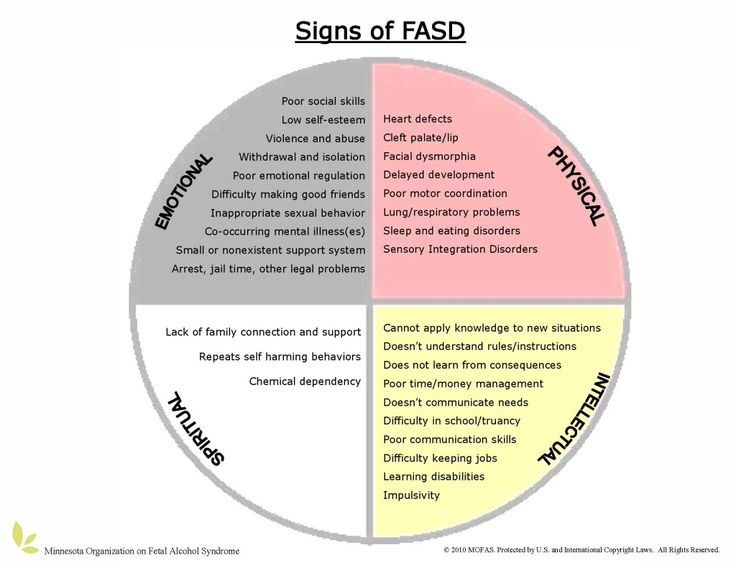 Neuropsychiatr Dis Treat. 2009;5:215–26. Epub 2009Apr 8.
Neuropsychiatr Dis Treat. 2009;5:215–26. Epub 2009Apr 8.
32. Sangal RB, Sangal JM. Attention-deficit/hyperactivity disorder: using P300 topography to choose optimal treatment. Expert Rev Neurother. 2006;6(10):1429–37. DOI: http://dx.doi.org/10.1586/14737175.6.10.1429.
Hyperfocus, hyperactivity and useful noise. What is ADHD and why correcting it can improve quality of life - Knife
18+
The editors of the Knife magazine argue that this article is not propaganda of any advantages in the use of certain narcotic drugs, psychotropic substances, their analogues or precursors, new potentially dangerous psychoactive substances, drug-containing plants, including propaganda of the use of narcotic drugs for medical purposes. drugs, psychotropic substances, new potentially dangerous psychoactive substances, narcotic plants that suppress the will of a person or adversely affect his mental or physical health. The article has exclusively historical and cultural value, is intended for use in scientific or medical purposes or in educational activities.
Lead a healthy lifestyle. Use your brain productively and for its intended purpose! nine0072
The curse of the name and hyperfocus
In the very designation of the syndrome lies a distortion of its essence. The problem for people with ADHD is not attention deficit, as the name suggests, but difficulty managing it. It is believed that it can be torture for people with ADHD to patiently listen to a lecture at a university or participate in zoom calls. Surprisingly, those same people can then spend hours coding, writing poetry, or cleaning the house.
That is, people with ADHD are not only able to maintain a good level of concentration, but also achieve such a degree of immersion in any activity that both time and the world around them seem to cease to exist. This special state of attention is called hyperfocus .
See also
Antipsychiatry: as a protest against punitive psychiatry led to a revision of the norm
Although the state of hyperfocus is still not included in the official diagnostic criteria for ADHD, it is often mentioned when visiting a doctor or in discussions on thematic forums.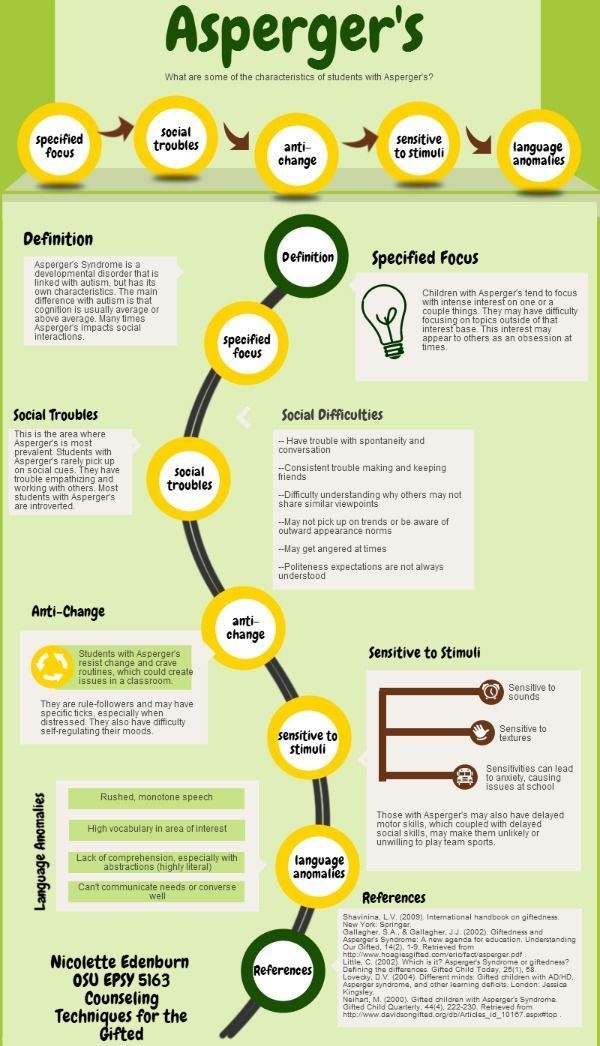 So, recently in one of the Reddit threads on the topic of ADHD, features were discussed that are difficult to understand for people who do not suffer from ADHD. Hyperfocus turned out to be one of them. At the same time, users with ADHD noted that their ability to concentrate sometimes causes misunderstanding on the part of others: “If you are able to concentrate so much, then what prevents you from doing it arbitrarily in those situations that require it?” Such rhetoric can lead not only to unfounded criticism, but also to the denial of the existence of a symptom as such, to accusing a person of laziness and lack of willpower. nine0003
So, recently in one of the Reddit threads on the topic of ADHD, features were discussed that are difficult to understand for people who do not suffer from ADHD. Hyperfocus turned out to be one of them. At the same time, users with ADHD noted that their ability to concentrate sometimes causes misunderstanding on the part of others: “If you are able to concentrate so much, then what prevents you from doing it arbitrarily in those situations that require it?” Such rhetoric can lead not only to unfounded criticism, but also to the denial of the existence of a symptom as such, to accusing a person of laziness and lack of willpower. nine0003
But an important feature of hyperfocus in people with ADHD is that it usually occurs involuntarily. People with ADHD compare hyperfocus to being under hypnosis or being under the influence of "siren singing". An important factor in causing hyperfocus is the person's interest in what they are doing, even if it is something as simple as growing flowers. Such an activity can make a person with ADHD leave reality for some time.
Such an activity can make a person with ADHD leave reality for some time.
Thus, on the one hand, hyperfocus can be perceived as a "superpower" of people with ADHD, because being in the flow creates the ground for enjoying the activity and, accordingly, for improving its quality. On the other hand, there is a component 9 in the hyperfocus of people with ADHD0103 perseveration - debilitating "stuck" in this state and the inability to switch attention to something else.
Passive mode network of the brain
Let's return to the attention deficit in people with ADHD, more precisely, to the difficulties of voluntary switching and maintaining attention, to sensitivity to distractions (if this is not a state of hyperfocus). It is important to mention here the so-called default mode network (DMN) . This system of brain regions includes part of the prefrontal cortex, the posterior cingulate cortex, the precuneus, and the angular gyrus (see Fig.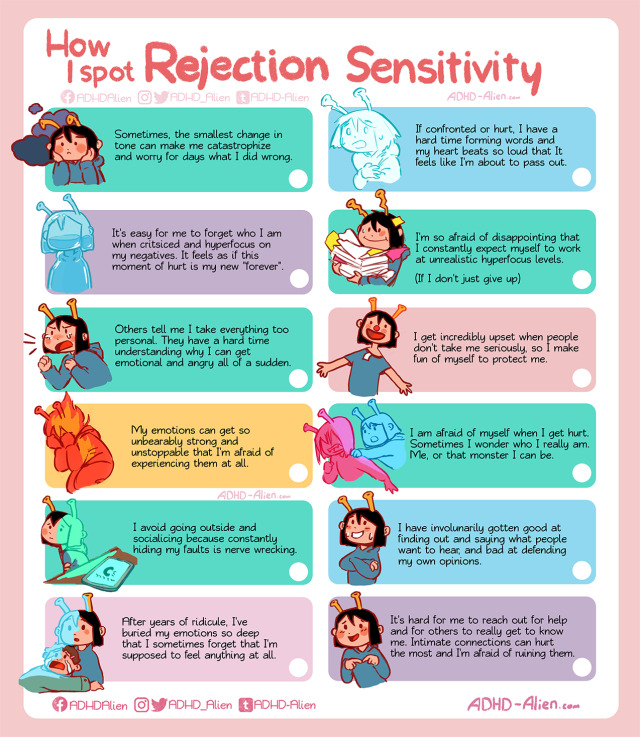 1). nine0003 Figure 1. Default mode network (DMN). Source
1). nine0003 Figure 1. Default mode network (DMN). Source
Although the functions of the DMN are not fully understood, it is known that it is more active when a person is not focused on a specific task and allows attention and thoughts to wander.
A recent meta-analysis based on 20 studies of 944 ADHD patients and 1121 normotypical individuals found systematic changes in functional associations in DMN in people with ADHD. In this syndrome, certain regions of the DMN become overactive during information processing, leading to distraction and difficulty concentrating. Also, in patients with ADHD, an increased connection between the DMN and the part of the prefrontal cortex responsible for multitasking was found, which may reflect the tendency of people with ADHD to rush between several things at once. nine0003
Fortunately, with age, the dormant mode network of the brain develops, and in some cases, if ADHD symptoms are accompanied by impaired DMN functional connectivity in childhood, these disorders can be neutralized.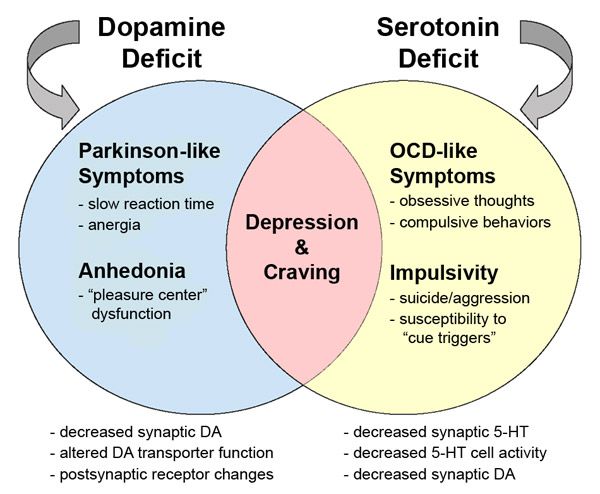
Importance of hyperactivity
The second component of ADHD is hyperactivity. It is not a mandatory sign of ADHD. Back in the fourth version of the DSM, the Diagnostic and Statistical Manual of Mental Disorders, from 1994, three subtypes of ADHD were introduced: attention deficit-predominant, hyperactivity-predominant, and combined. It has been found that if the manifestations of childhood ADHD fall into the category with a predominance of hyperactivity, with age they move into the combined category. nine0003
But even in the absence of obvious symptoms of hyperactivity (inability to sit still, tendency to move and talk a lot, impatience, etc.), less noticeable signs of it can be found in people with ADHD: a tendency to fidget, swing a leg or touch something with their hands .
For a long time, such manifestations were considered as a negative symptom and were blocked in every possible way within the framework of the general direction of raising children.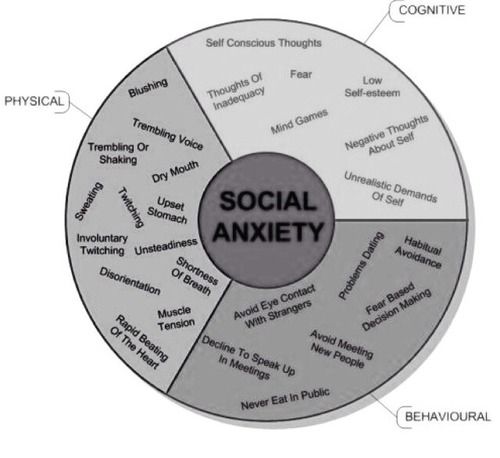 Surely many of the readers will remember how at school they were taught to sit still at their desks, not to swing in a chair, not to shake their legs, etc. However, recent research shows that manifestations of hyperactivity in people with ADHD may be not only a sign of impaired control of impulsivity , but also an important compensatory mechanism! nine0003
Surely many of the readers will remember how at school they were taught to sit still at their desks, not to swing in a chair, not to shake their legs, etc. However, recent research shows that manifestations of hyperactivity in people with ADHD may be not only a sign of impaired control of impulsivity , but also an important compensatory mechanism! nine0003
Since people with ADHD are often prone to boredom and lack motivation, which makes it difficult to concentrate, even small physical activity in the form of limb movement can spur the nervous system, provide it with the missing stimulation and resource for focus and involvement in activities. For example, when children aged 8–12 years were asked to complete tasks to assess working memory, participants with ADHD performed better the more motor activity they allowed themselves (rocking a chair, moving their legs, etc.). This pattern was not observed in the group of normotypical children, since the level of physical activity that plays the role of auxiliary self-stimulation for children with ADHD, in the absence of the syndrome, may be excessive and distracting.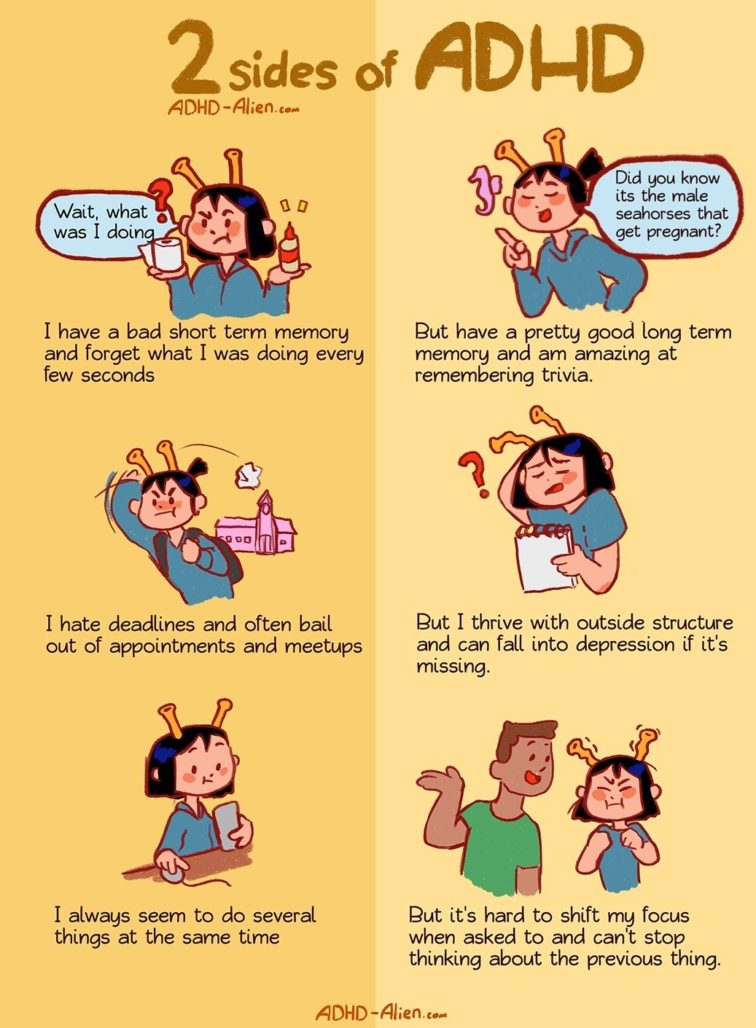 nine0003
nine0003
Useful noise
How else can you explain why "disturbing" and "unnecessary" physical activity helps people with ADHD? Let us turn to the principle of stochastic resonance , which assumes that if any stimulus is presented with an intensity below the detection threshold, then it is possible to detect it in the presence of a small amount of noise, because the noise superimposed on the signal helps the latter to overcome the threshold (see Fig. 2) . If the noise is too strong, the ability to detect the signal decreases again. nine0003 Figure 2. Demonstration of stochastic resonance. The red line indicates the signal intensity threshold above which it can be detected. In the graph (d), the signal hardly exceeds this threshold, and the patterns are barely distinguishable in the image (a). With the addition of low power Gaussian noise (b, e), the rectangular patterns begin to differentiate. But if the noise power is increased (c, f), the patterns in it are lost.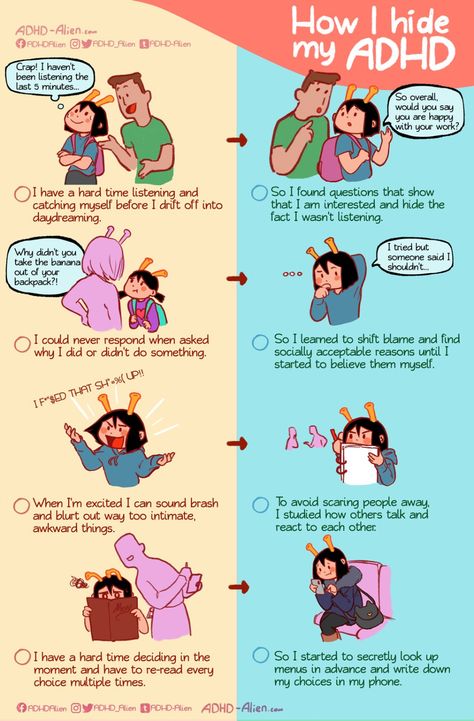 Source
Source
The principle of stochastic resonance is observed in any physical systems, including human and animal perception systems. And in the context of ADHD research, stochastic resonance formed the basis of the so-called moderate brain arousal model (moderate brain arousal model). Its authors rely on evidence of an imbalance in the dopamine system of people with ADHD. To put it simply, this imbalance suggests that in people with ADHD, decreased levels of dopamine in the extracellular space leads to increased sensitivity to environmental stimuli. This complicates attention management and other important processes. Insufficient extracellular dopamine activity is associated with a low internal noise level of the nervous system. Therefore, the authors suggest, in order to perform well on cognitive tasks, people with ADHD require additional noise coming from the external environment as compensation. Third-party sounds, physical activity, etc. can act as noise with different efficiency.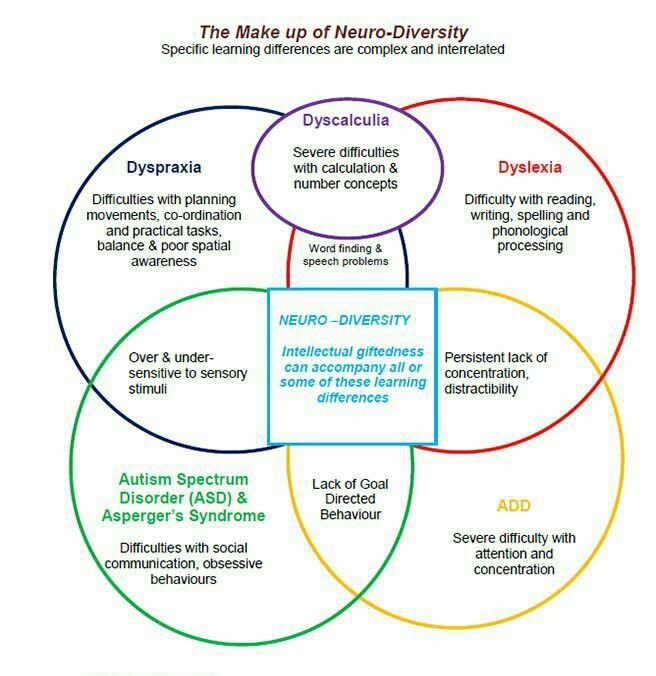 It is this noise that should improve the transmission of neuronal signals according to the principle of stochastic resonance. nine0003
It is this noise that should improve the transmission of neuronal signals according to the principle of stochastic resonance. nine0003
It would seem that people with ADHD should be more distracted in the presence of noise, but it can help them achieve optimal levels of cognitive performance .
And there are a number of confirmations of this. For example, in one of the experiments, background music not only did not distract children with ADHD, but also helped them to cope better with arithmetic tasks, which was not observed among normotypical children. And if background white noise was created while solving tasks for memory, then children with ADHD coped better, and the accuracy of solving normotypical children fell. nine0003
Bad upbringing or genetics?
Adults with ADHD may face reproaches from others (employers, families) for laziness, lack of willpower, slovenliness and other negative qualities, the manifestation of which normotypical people can control arbitrarily and with ease.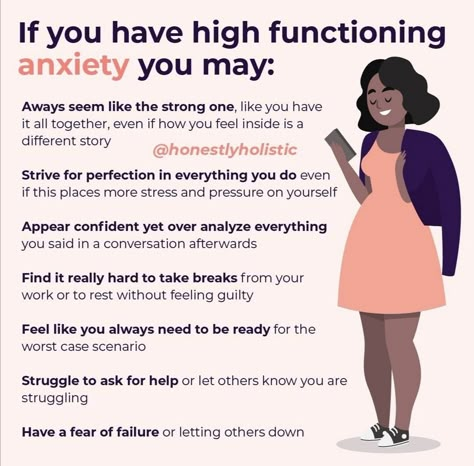 This creates a vicious cycle, as a result of which ADHD sufferers experience additional stress, anxiety, guilt, which is bad for their psychological well-being. There is also a misconception that such manifestations of ADHD as inattention, impatience, lack of motivation, procrastination are entirely the result of poor parenting in childhood. nine0003
This creates a vicious cycle, as a result of which ADHD sufferers experience additional stress, anxiety, guilt, which is bad for their psychological well-being. There is also a misconception that such manifestations of ADHD as inattention, impatience, lack of motivation, procrastination are entirely the result of poor parenting in childhood. nine0003
But genetic studies partly suggest otherwise: the heritability of ADHD is as high as 74%. This means that 74% of the variations in the manifestations of ADHD are due to variations in genes, and not to environmental influences. Approximately the same high level of heritability is observed in autism spectrum disorders, bipolar disorder and schizophrenia.
The functions of the identified candidate genes, the variations of which are associated with ADHD, are associated with the transport and receptors of serotonin and dopamine. nine0003
Dopamine is affected by methylphenidate, which is the primary drug in the pharmacological correction of ADHD in most countries of the world (however, in Russia and a number of other countries this substance is legally prohibited from use and circulation).
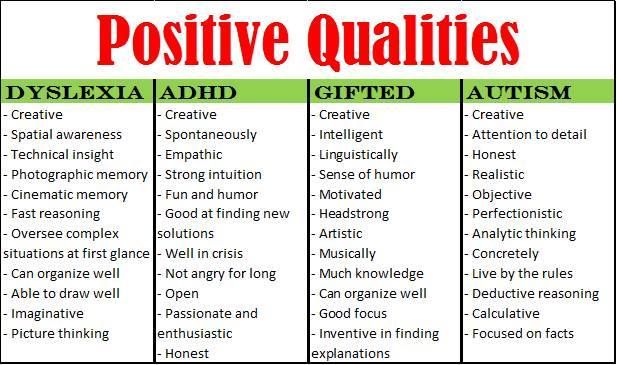
Interestingly, the symptoms of ADHD turned out to be associated with patterns and in the inherited functional connections of the previously mentioned default mode network (DMN) and the ventral attention network (see Fig. 3).
Figure 3. Brain networks whose functional connectivity is highly heritable. (A) DMN network. (B) Ventral attention network. SourceAlthough much has been discovered in the field of ADHD genetics, some aspects require more research. Among them, in particular, are cases when, of two monozygotic twins that are identical in genotype, one suffers from ADHD, and the other does not. Why is this happening? It's not just about genes, is it?
A study of pairs of identical twins in which only one had ADHD showed that, given equal total cortical volume, the thalamus and striatum of twins with ADHD are smaller than those of their normotypical siblings. Further study of the genetic manifestations of ADHD is possible in relation to these anatomical structures.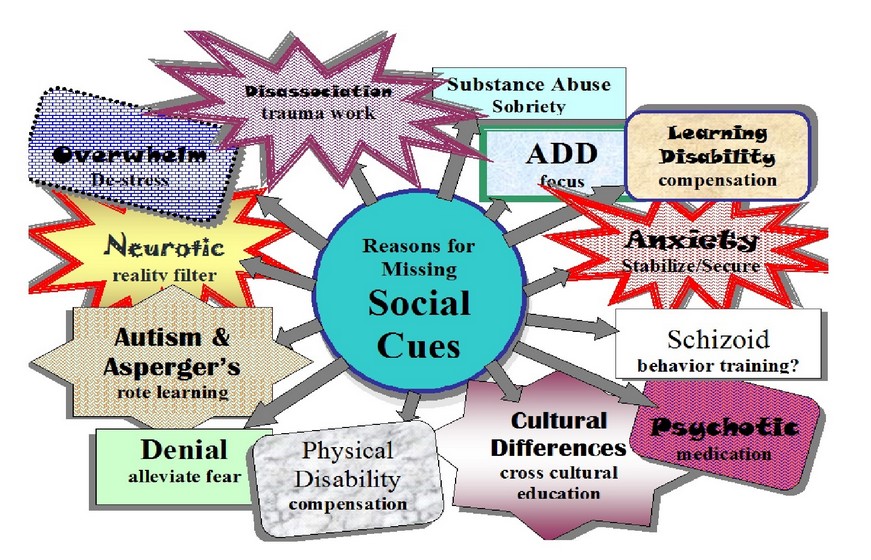 nine0003
nine0003
In the absence of other genetic differences, the following observation turned out to be important: it was in the genes of those brain structures in which differences were found between identical twins (striatum and thalamus) that a different level of methylation, the process of adding methyl groups to the DNA molecule, was found . And these differences no longer relate so much to genetic factors as to epigenetic factors, that is, to external influences on current genetic processes (gene expression, etc.) that do not change the nucleotide sequence in DNA. nine0003
However, despite the contribution of genetics and epigenetics to the study of ADHD, there are some aspects of lifestyle that can affect the manifestation of this syndrome.
In particular, a study of children with ADHD at the age of four showed that the less they slept and the less time they spent on cognitively useful activities, such as reading, etc., the more pronounced the symptoms of ADHD became already by seven years old.

Also, possible factors that may influence the occurrence of ADHD in a child include the mother's exposure to stress during pregnancy, her smoking, alcohol consumption, low birth weight of the child. However, there is still no clear evidence that the correlation between these factors and the occurrence of ADHD suggests a causal relationship.
The culture of inattention and the spread of ADHD
With the development of digital technologies, our ability to pay attention faces more and more obstacles. Endless notifications in messengers, the cult of multitasking, the clip format of information consumption do not allow attention to linger on one thing, unless a conscious effort is made to limit digital impact. The question arises: could excessive exposure to the digital environment provoke the development of ADHD symptoms and explain the observed increase in its prevalence? nine0003
This question was tentatively answered in a recent study. It was attended by schoolchildren aged 15-16 who did not have symptoms of ADHD at the time of the start of the study.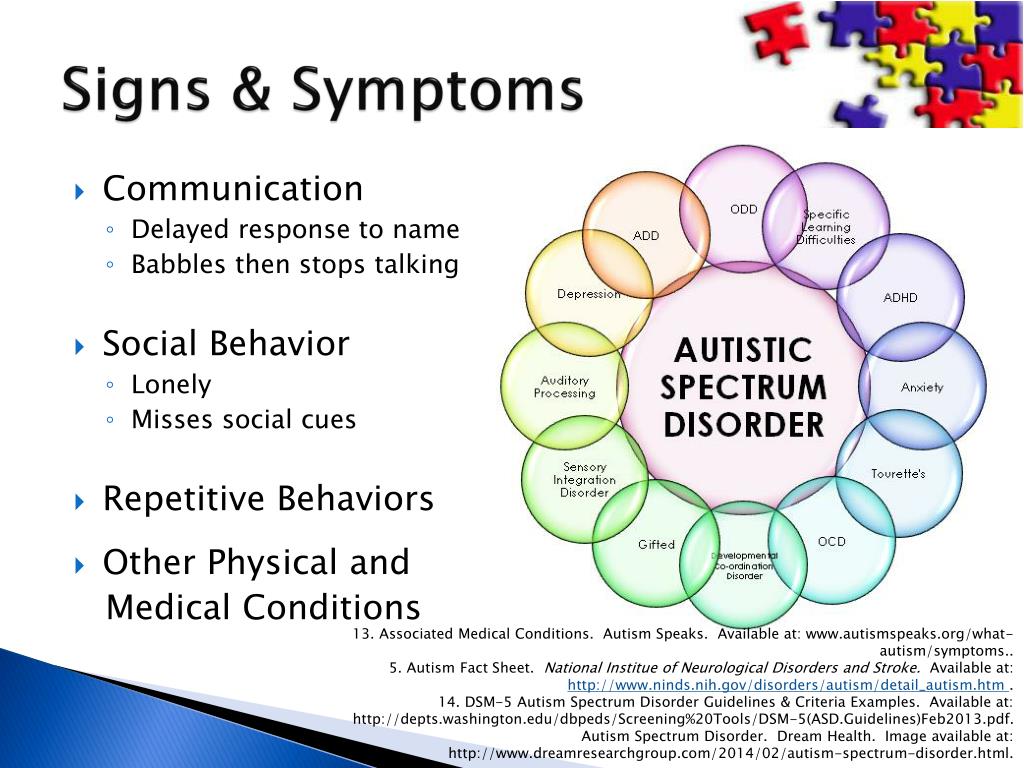 Over the course of two years, the frequency with which adolescents interacted with digital technologies was assessed. Two years later, it turned out that a high frequency of interaction with them was associated with an increased risk of ADHD symptoms. At a statistically significant level, the frequency of checking social networks, viewing images and videos, listening to music, reading blogs, etc. was found to be associated with ADHD symptoms.
Over the course of two years, the frequency with which adolescents interacted with digital technologies was assessed. Two years later, it turned out that a high frequency of interaction with them was associated with an increased risk of ADHD symptoms. At a statistically significant level, the frequency of checking social networks, viewing images and videos, listening to music, reading blogs, etc. was found to be associated with ADHD symptoms.
It is important to emphasize that the causation of this effect could be reversed: the initial presence of ADHD, not yet manifested at the start of the study, but manifested after two years, could increase the susceptibility of participants to intense stimulation through digital technologies. In this regard, it is important to conduct additional research.
ADHD, social skills and relationships
Discussions of ADHD often focus on how a person with the syndrome copes with cognitive tasks, school or work. However, it must be remembered that social skills also suffer with ADHD.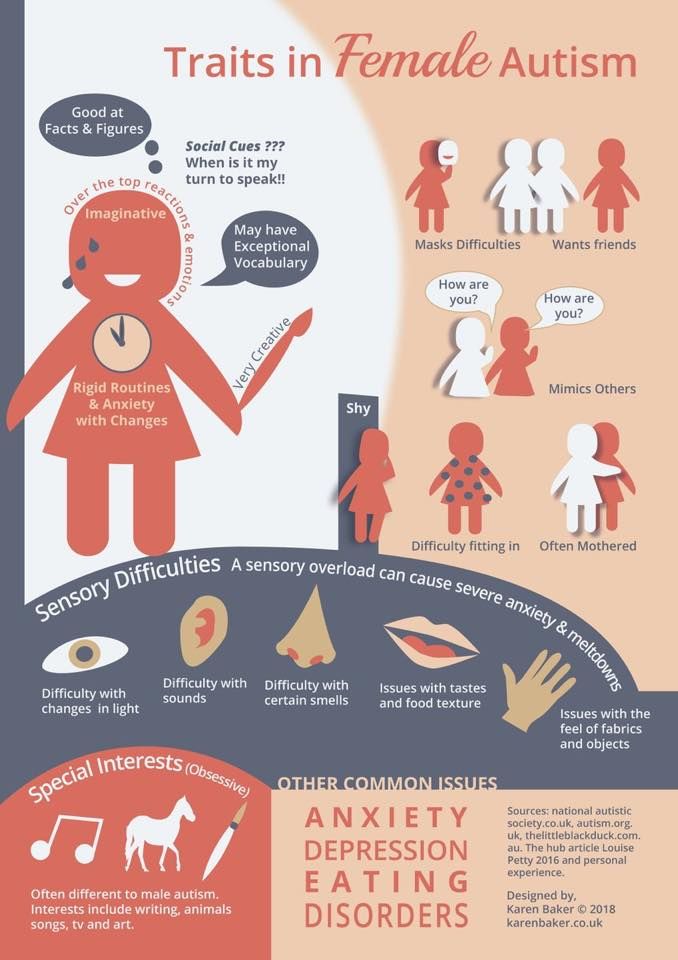 nine0003
nine0003
To interact effectively with other people, you must be attentive, responsible, and control your impulsiveness. With ADHD, all three points are put under attack. Manifested in inattention to details, in forgetfulness, in disorganization and lack of punctuality, in a tendency to interrupt and not listen to the end, ADHD can be perceived by others as a sign of intentional rudeness and selfishness. This, in turn, can lead to rejection of the person with ADHD and their social isolation. Since the assimilation of social cues, rules of politeness and other socially relevant principles occurs in childhood, a child with ADHD can be helped by role-playing games in which typical social situations are reproduced and his attention is drawn to the necessary details. nine0003
The impulsiveness of people with ADHD can have a special effect on how they build romantic relationships. Since there is a novelty effect at the beginning of a relationship, at the stage of falling in love, in a person with ADHD this can lead to hyperfixation and excessive absorption in a partner.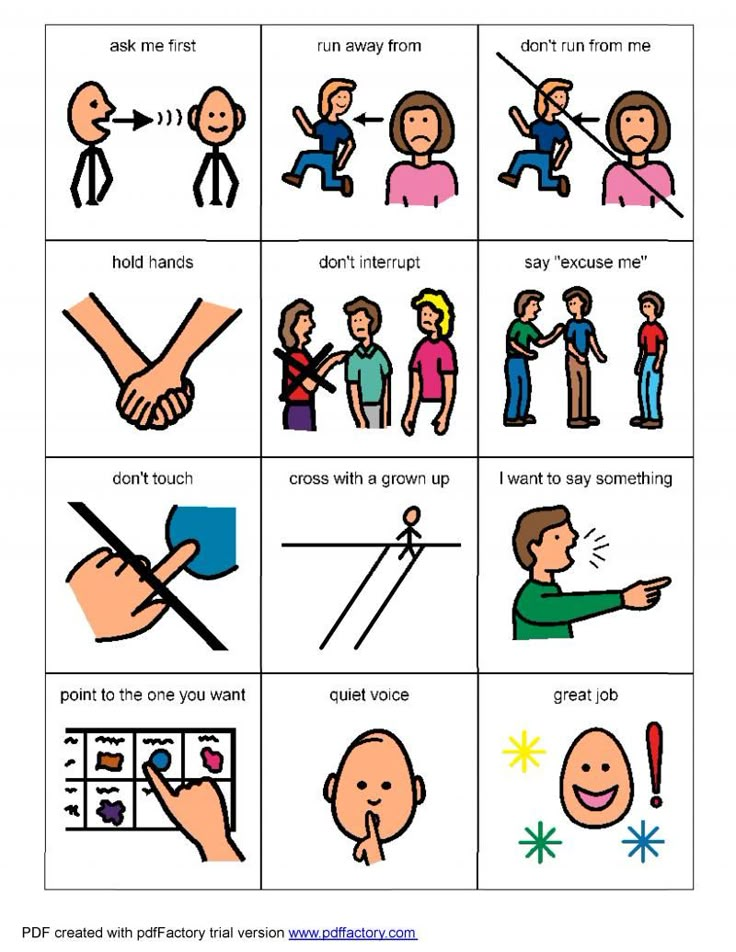 Then, as emotional adjustment inevitably sets in and the ADHD person begins to have difficulty focusing on relationships, they may feel like they are moving away from their partner, and this can be interpreted as cooling off. Moreover, a person with ADHD may involuntarily try to regain the previous level of positive emotional stimulation through certain strategies: he seeks to move to the next level of relationships, ignoring the natural dynamics of their development, switches to new relationships, tries to correct his partner, etc.
Then, as emotional adjustment inevitably sets in and the ADHD person begins to have difficulty focusing on relationships, they may feel like they are moving away from their partner, and this can be interpreted as cooling off. Moreover, a person with ADHD may involuntarily try to regain the previous level of positive emotional stimulation through certain strategies: he seeks to move to the next level of relationships, ignoring the natural dynamics of their development, switches to new relationships, tries to correct his partner, etc.
Undoubtedly, similar patterns of behavior also occur in social interactions and relationships of normotypical people - perhaps to a lesser extent. Therefore, when it comes to ADHD, a universal principle applies: the first step to balance in social or romantic interactions is an open discussion of the problems that arise, as well as the capabilities of a person, his desires or lack thereof.
ADHD in Russia
It is worth paying attention to the features of diagnosing and correcting ADHD in Russia.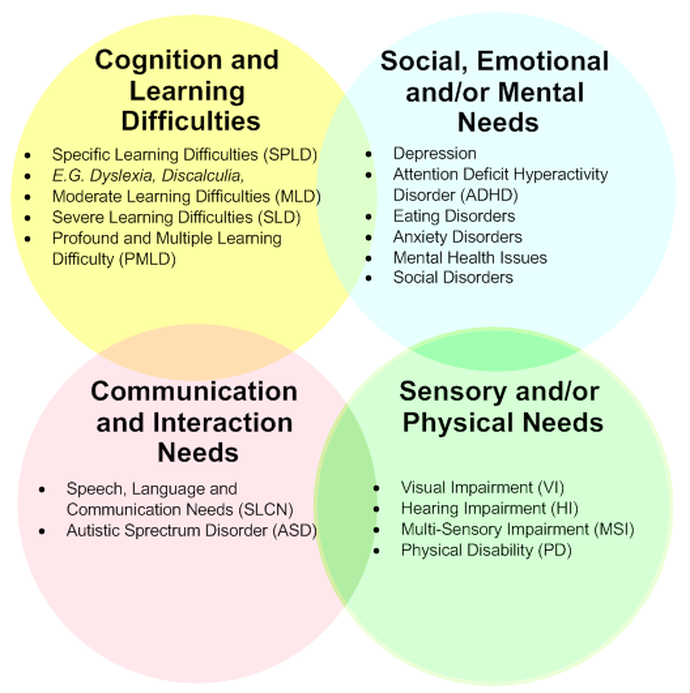 As mentioned above, substances - stimulants of the central nervous system, traditionally used to correct ADHD (including methylphenidate, dextroamphetamine, etc.), are included in the List of narcotic drugs and psychotropic substances, the circulation of which is prohibited in Russia. However, there are conditions under which the import of these substances into the territory of the Russian Federation is allowed for personal use for medical purposes. The reasons why these drugs are not recognized, and some of them are even called "children's cocaine", may be based on unsubstantiated claims that such stimulants in any case either themselves cause addiction or provoke addictive behavior. Undoubtedly, with pharmacological treatment, there are risks of developing dependence on many drugs, including painkillers or sedatives. nine0003
As mentioned above, substances - stimulants of the central nervous system, traditionally used to correct ADHD (including methylphenidate, dextroamphetamine, etc.), are included in the List of narcotic drugs and psychotropic substances, the circulation of which is prohibited in Russia. However, there are conditions under which the import of these substances into the territory of the Russian Federation is allowed for personal use for medical purposes. The reasons why these drugs are not recognized, and some of them are even called "children's cocaine", may be based on unsubstantiated claims that such stimulants in any case either themselves cause addiction or provoke addictive behavior. Undoubtedly, with pharmacological treatment, there are risks of developing dependence on many drugs, including painkillers or sedatives. nine0003
Use of methylphenidate and its analogs in high doses without a doctor's prescription may lead to addiction (as well as the abuse of other drugs that affect the nervous system).
 However, a meta-analysis of 15 studies found that stimulants do not increase the risk of subsequent addiction in patients with ADHD.
However, a meta-analysis of 15 studies found that stimulants do not increase the risk of subsequent addiction in patients with ADHD. Therefore, for stimulants, the same principle is observed as for other medicines: these drugs should be taken according to the doctor's prescription and in therapeutically justified doses. nine0003
The action of drugs used in Russia to correct ADHD is based on an increase in the level of norepinephrine and dopamine in the brain (for example, atomoxetine, which has a positive effect on ADHD symptoms, but still to a lesser extent than some stimulants). Alternative drugs used in Russia to correct ADHD are nootropics, supposedly improving cognitive functions.
If we talk about the diagnosis of ADHD, then it is not yet possible to estimate its prevalence in Russia due to the lack of official statistics. But based on the opinions of experts, it can be judged that in Russia people with ADHD are often assigned other diagnoses (for example, minimal brain dysfunction or organic brain disorders).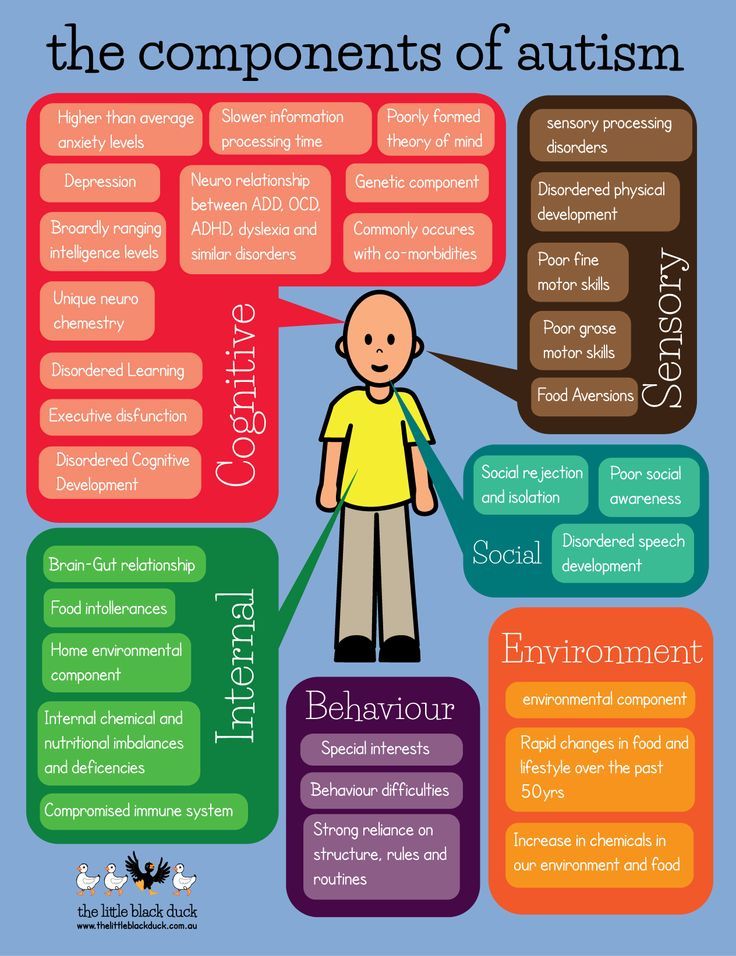 nine0003
nine0003
These facts highlight the importance of raising awareness about ADHD.
Evolutionary and cognitive benefits
Is it possible that ADHD symptoms once played an important adaptive role in terms of evolution?
One of the theories suggests that ADHD traits were useful in a hunter-gatherer environment in a rapidly changing environment and lack of many resources. In this case, hyperactivity provided exploratory activity to search for food and migrate towards better climate areas. nine0071
Impulsiveness was important for quick response to critical situations. Finally, "inattention" can be equated with hypervigilance and monitoring the emergence of threats from different directions in a rapidly changing environment.
However, such theories are still speculative, although they can potentially be tested in experiments on orientation in an unfamiliar environment, so let's turn to those cognitive advantages that are observed in people with ADHD in modern times.